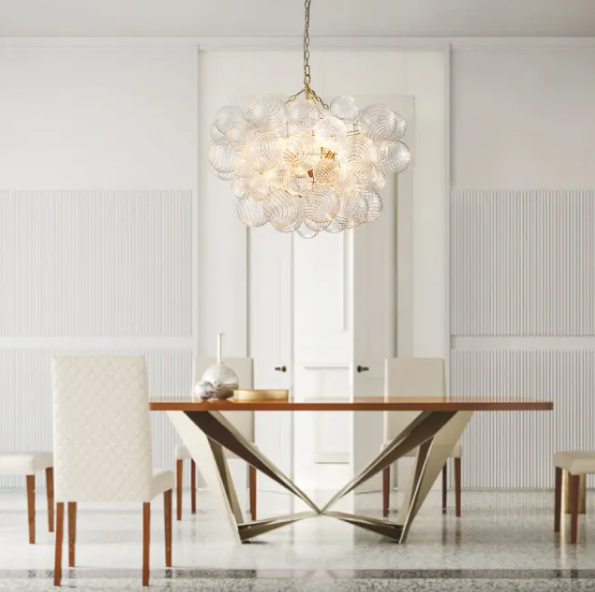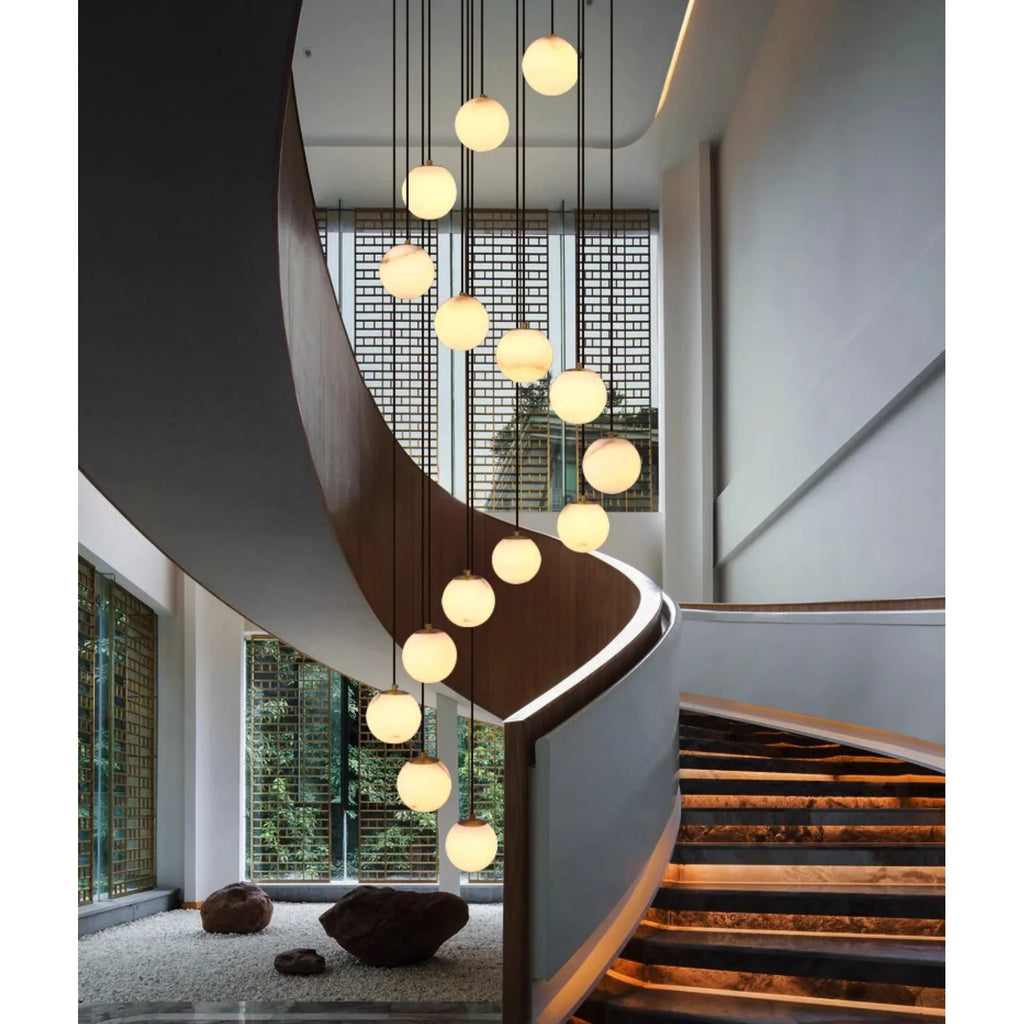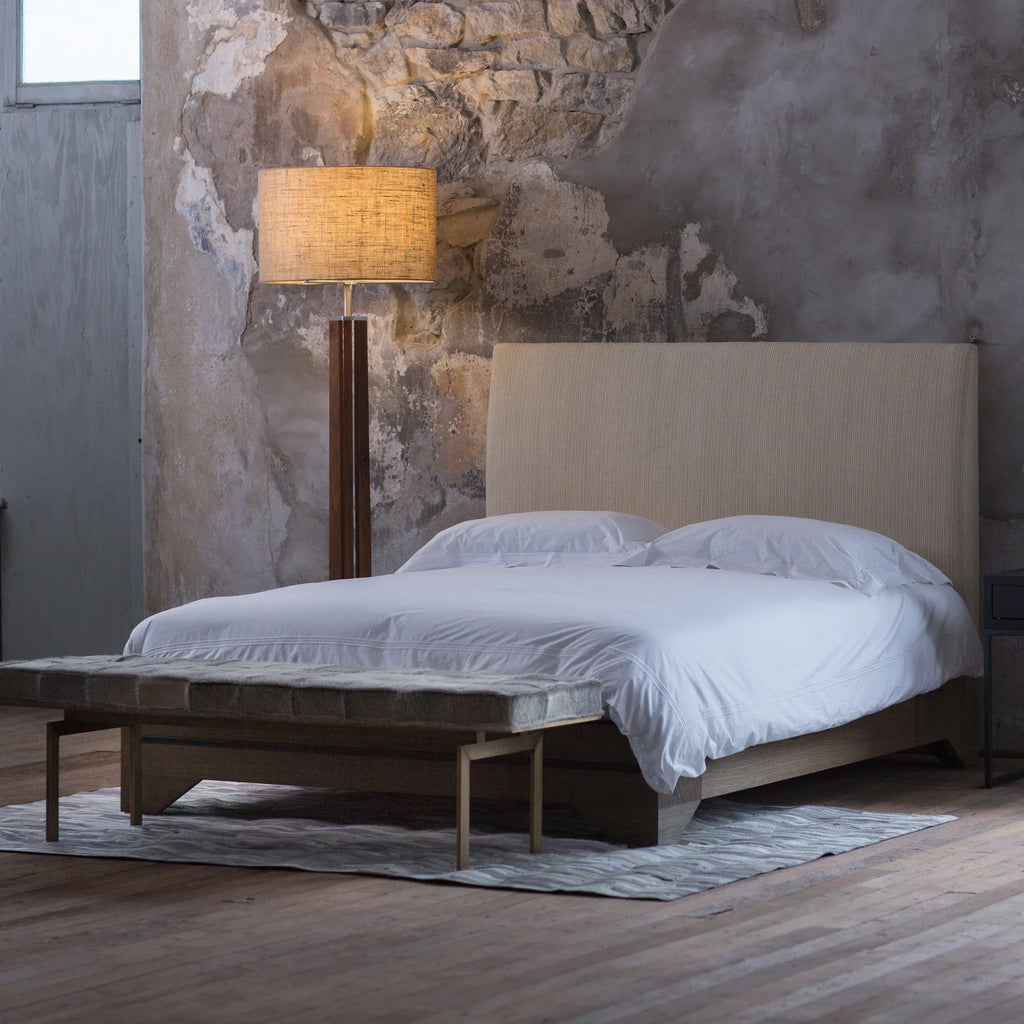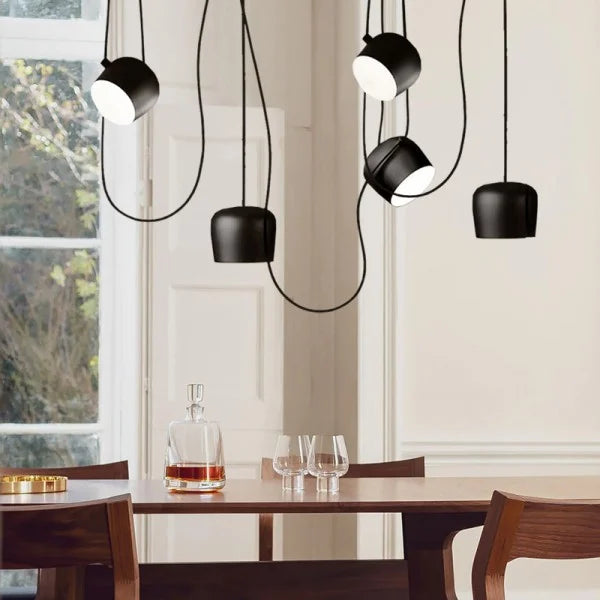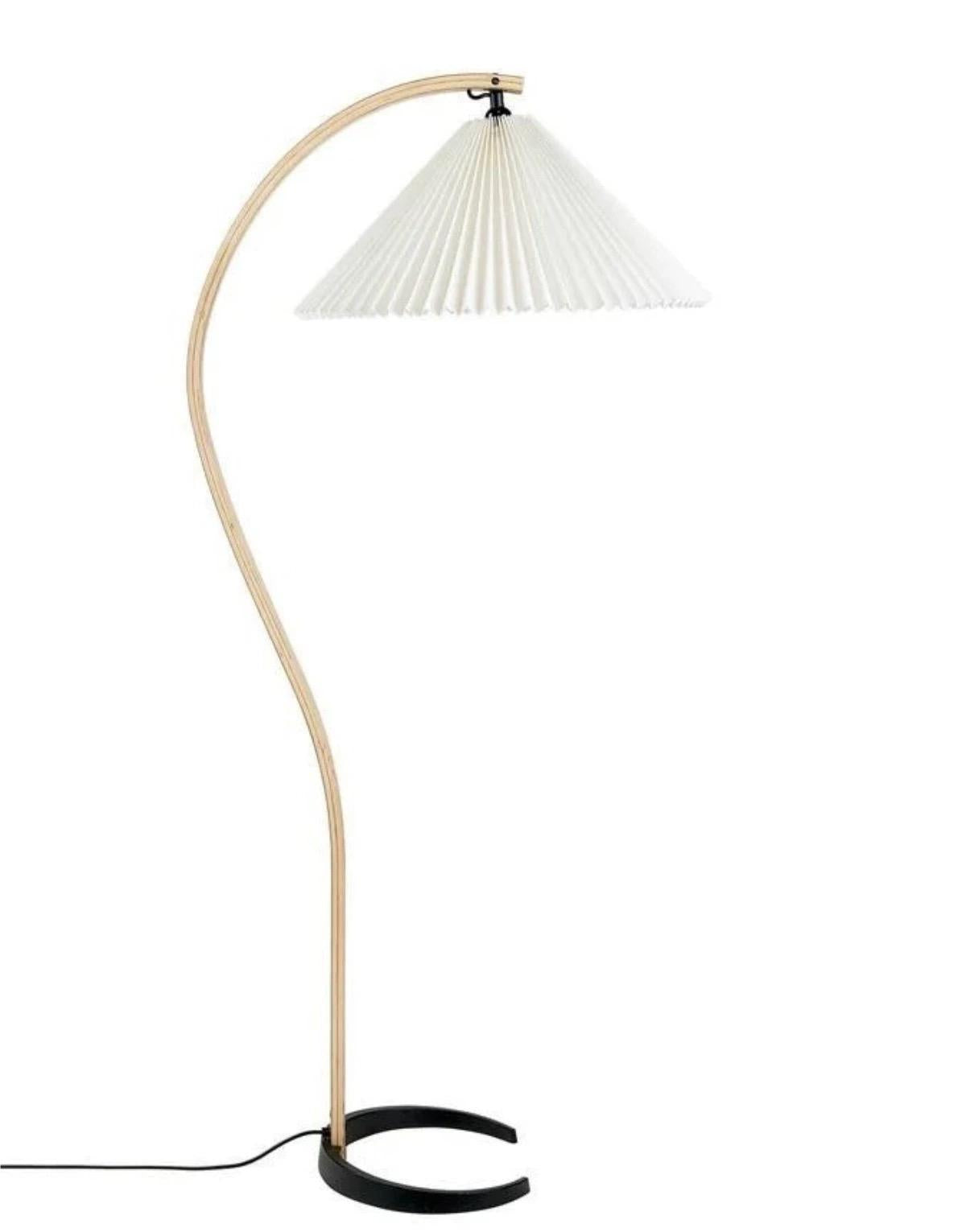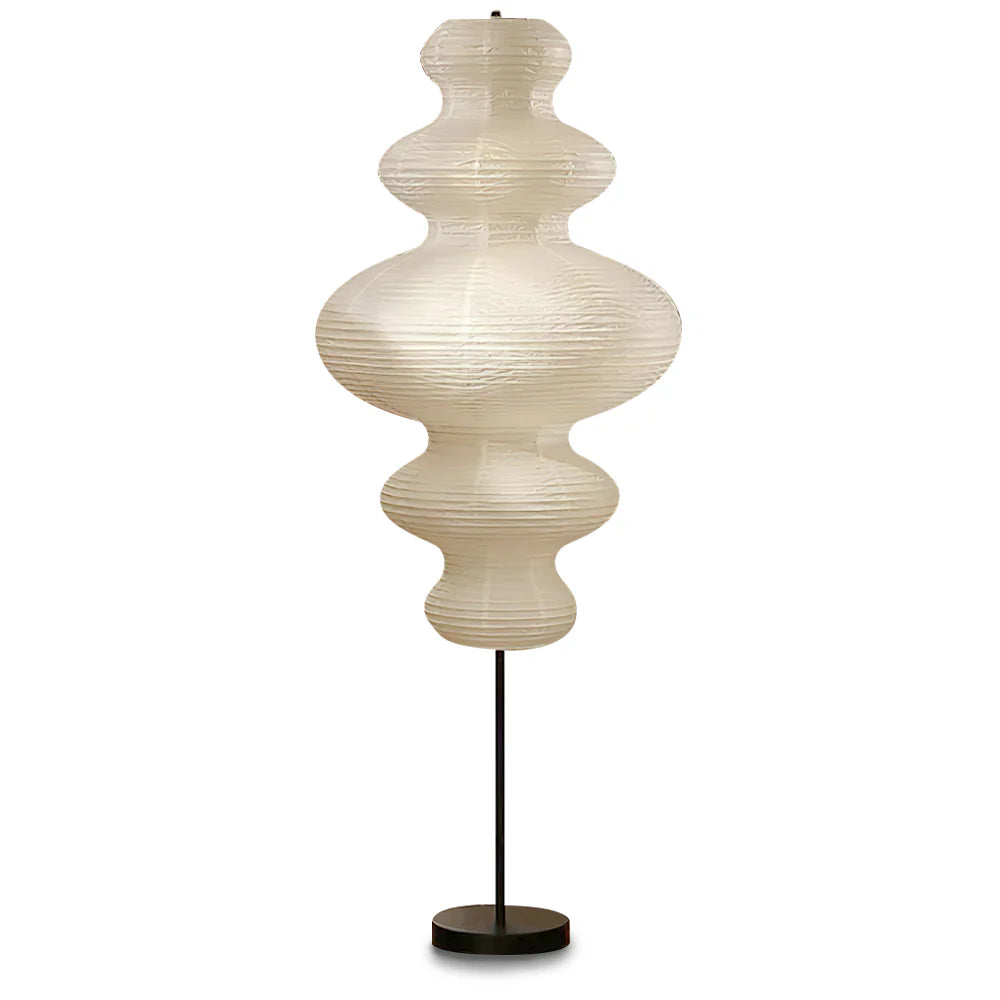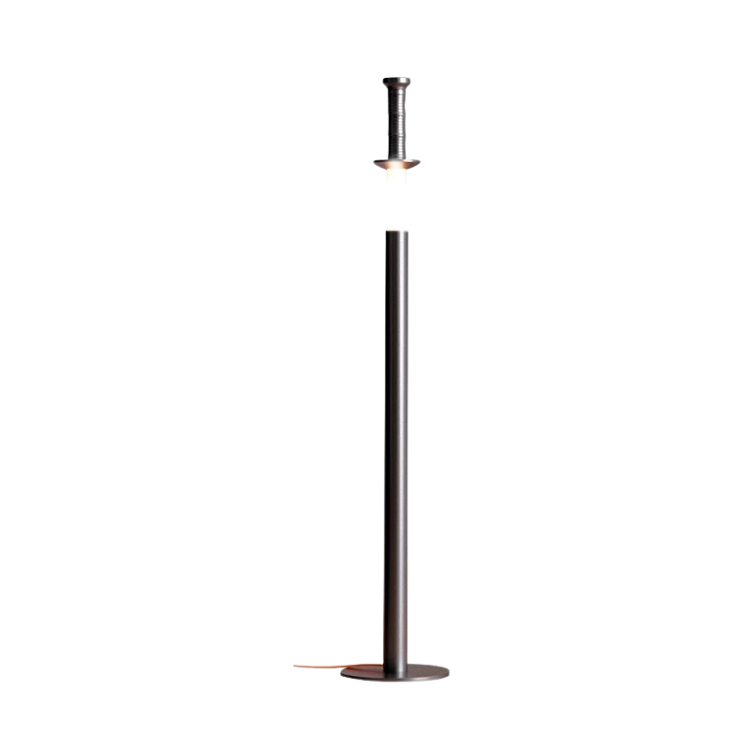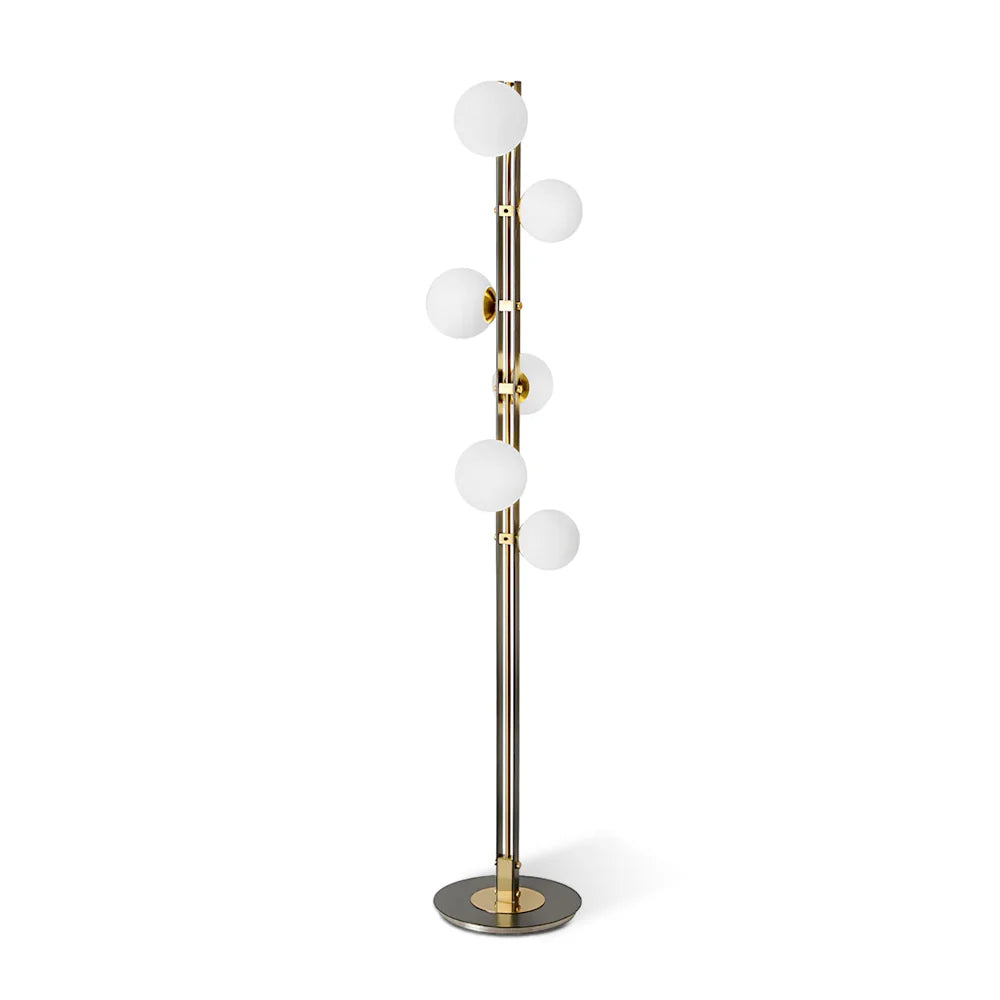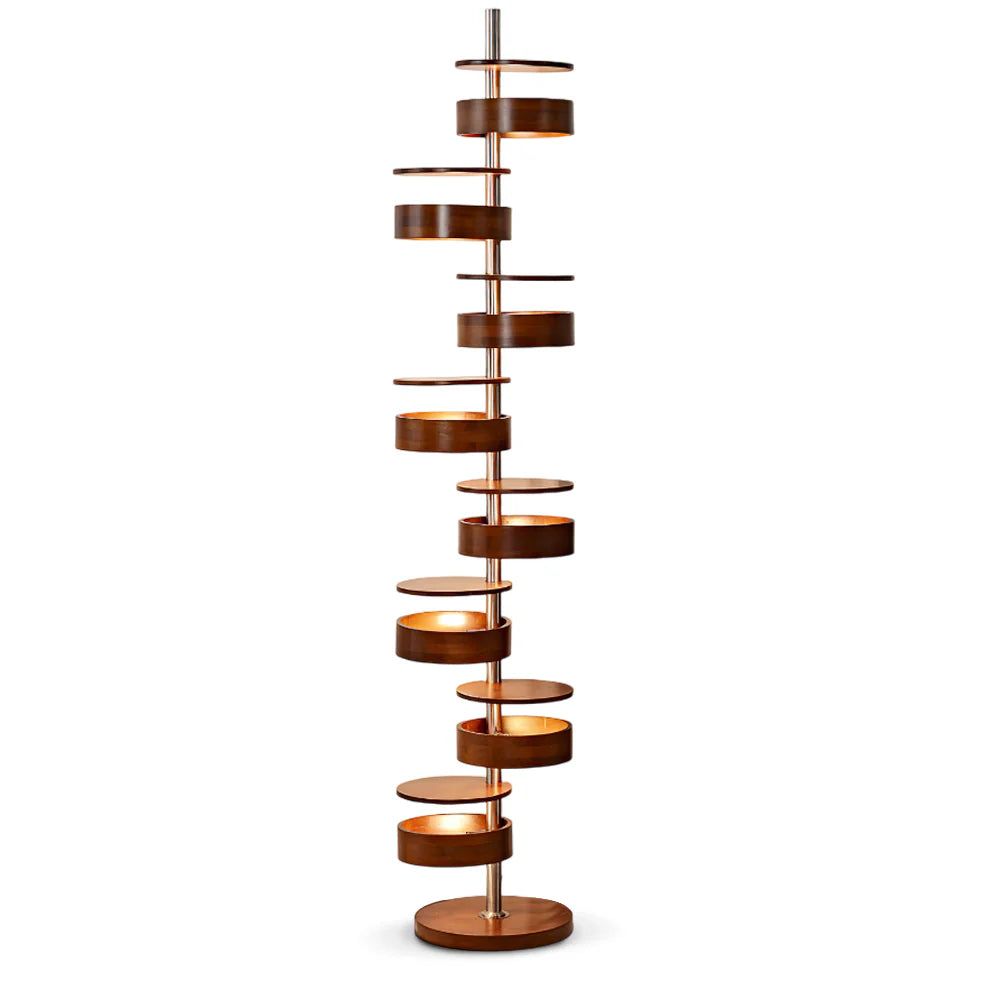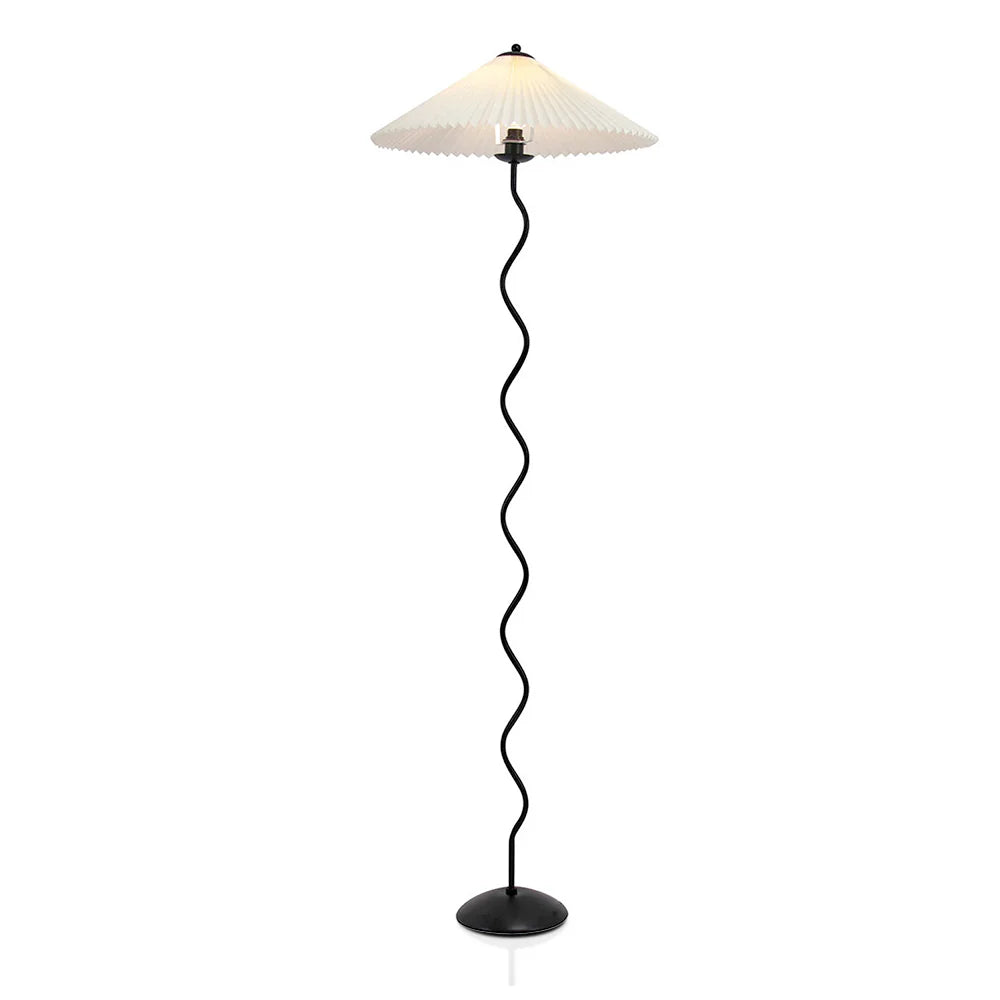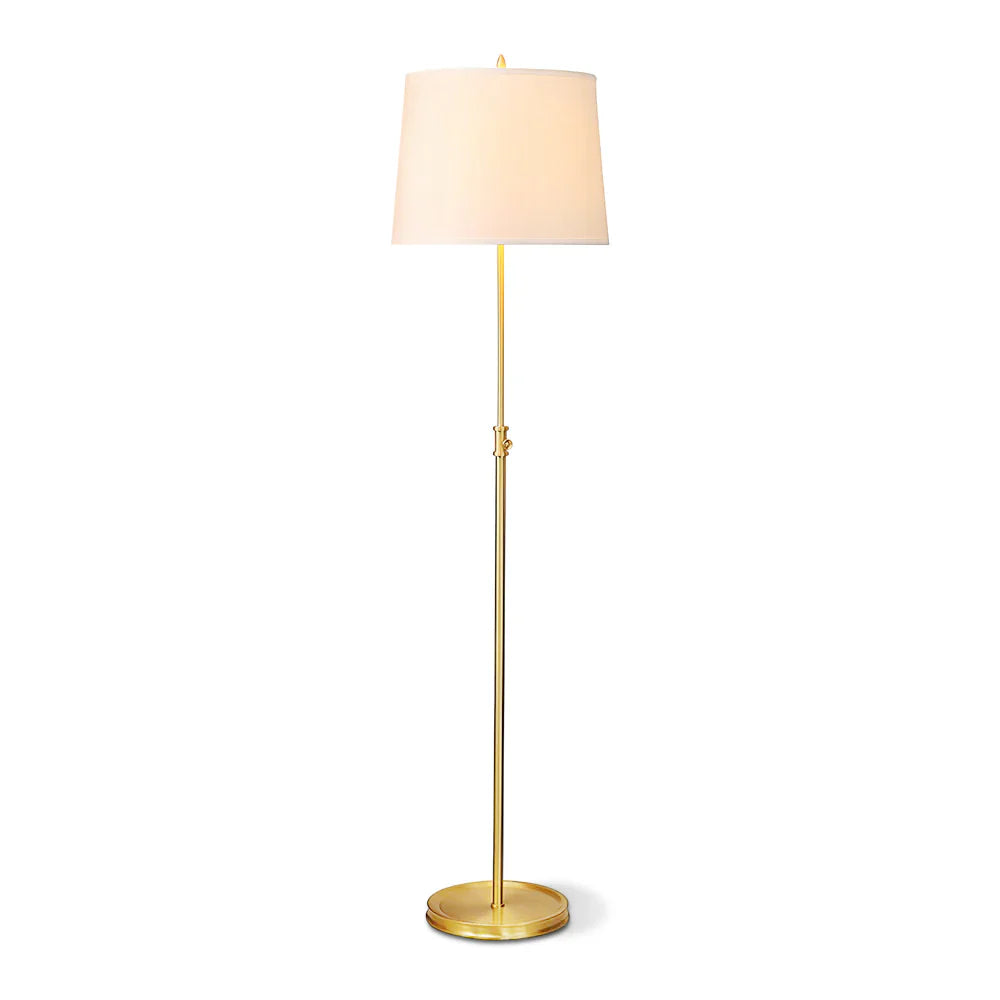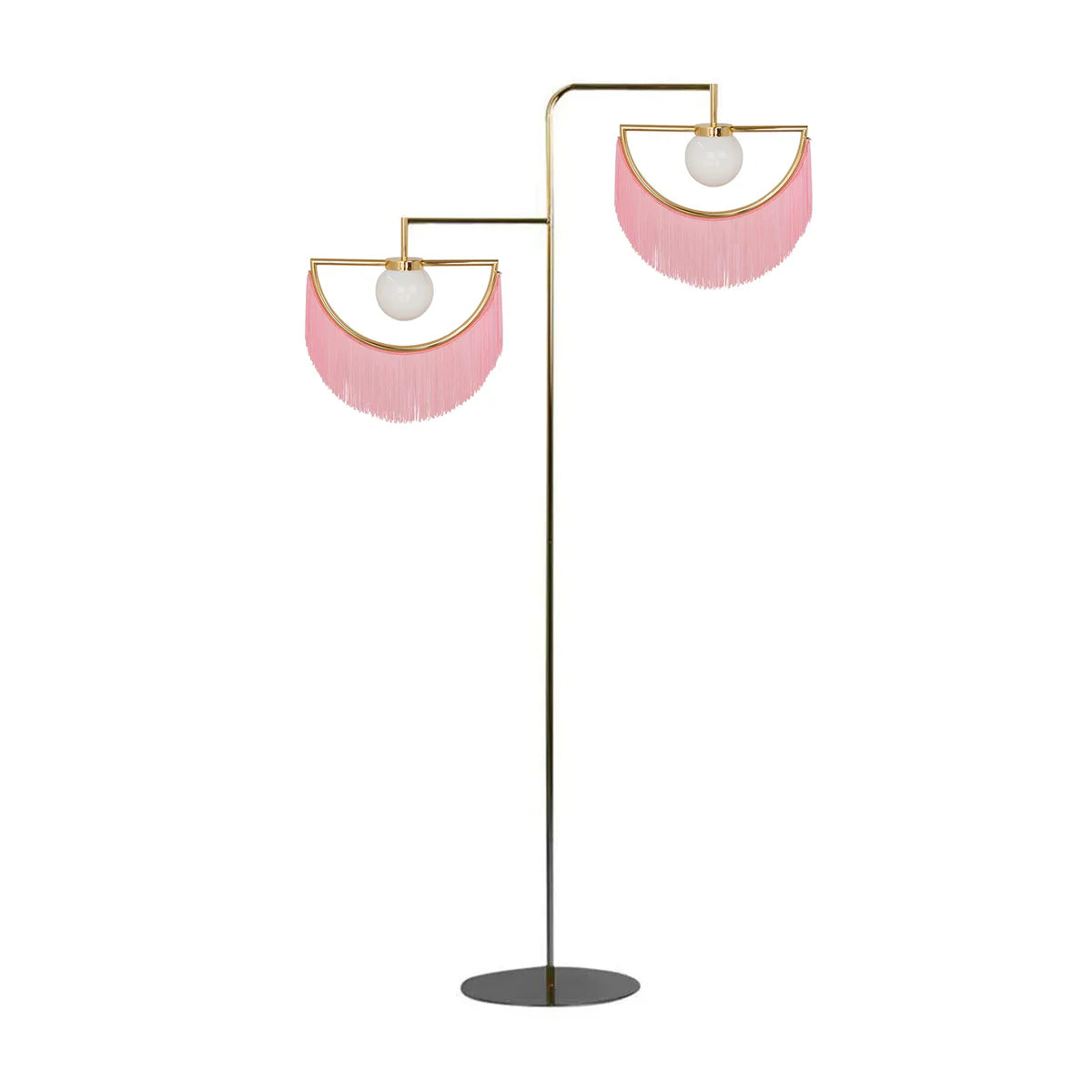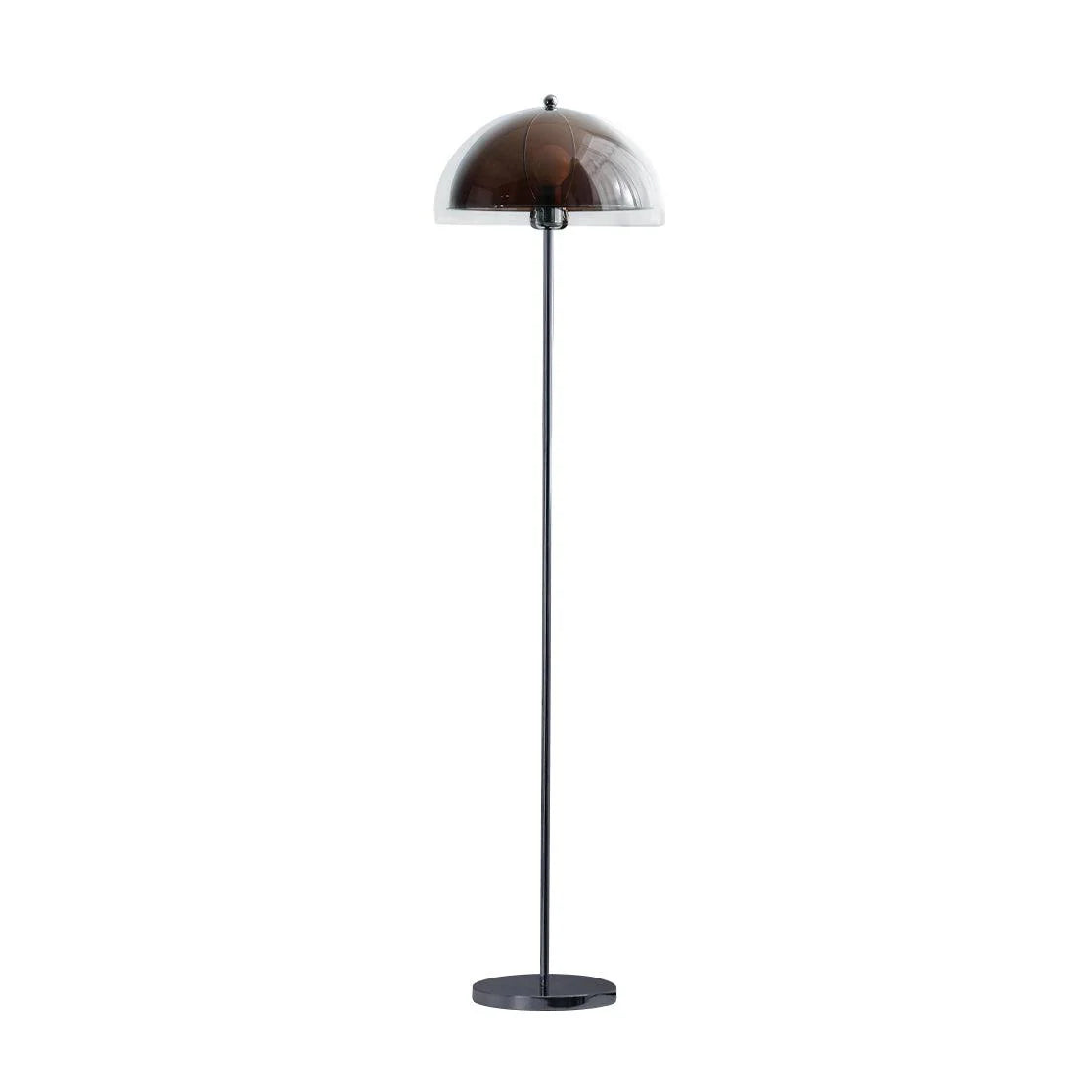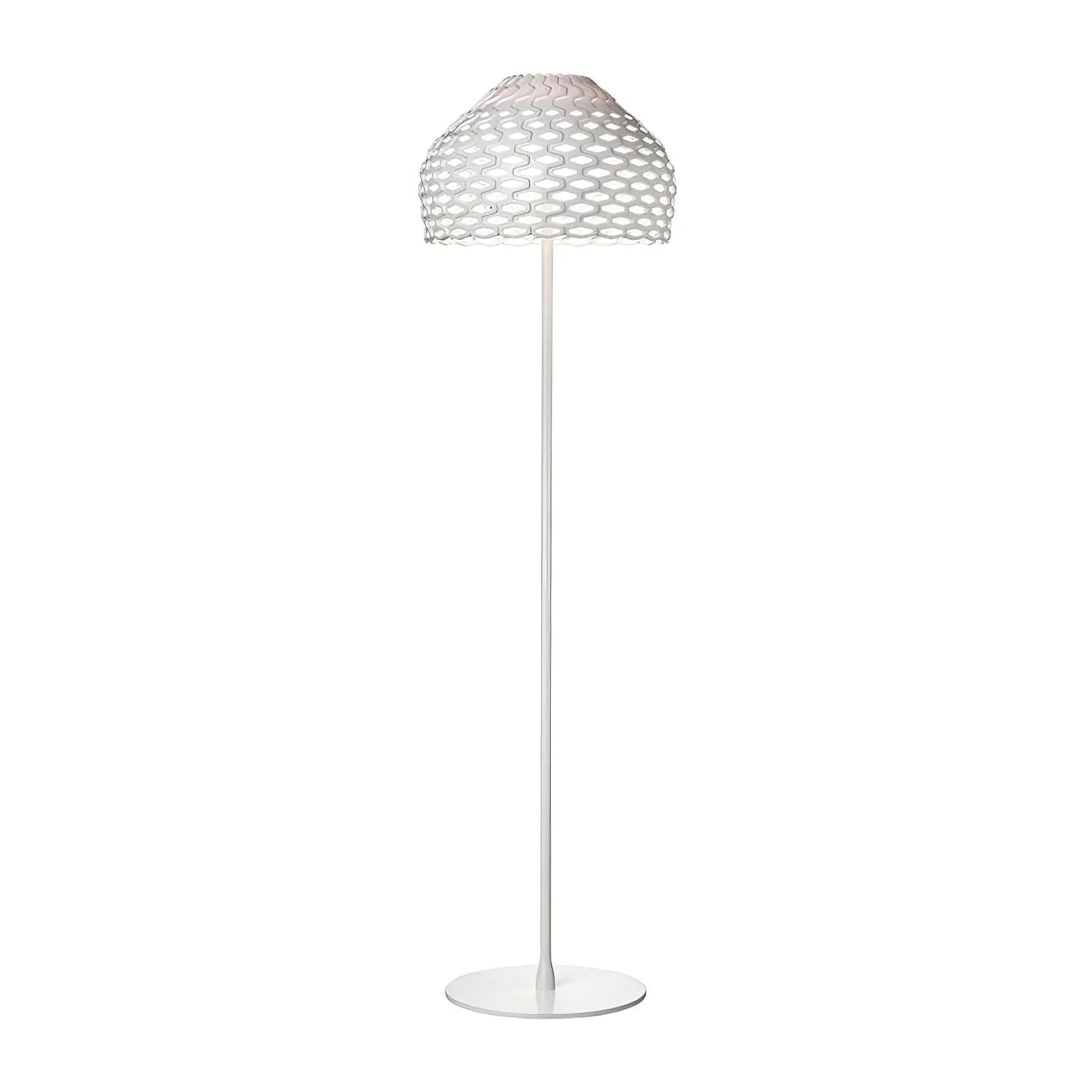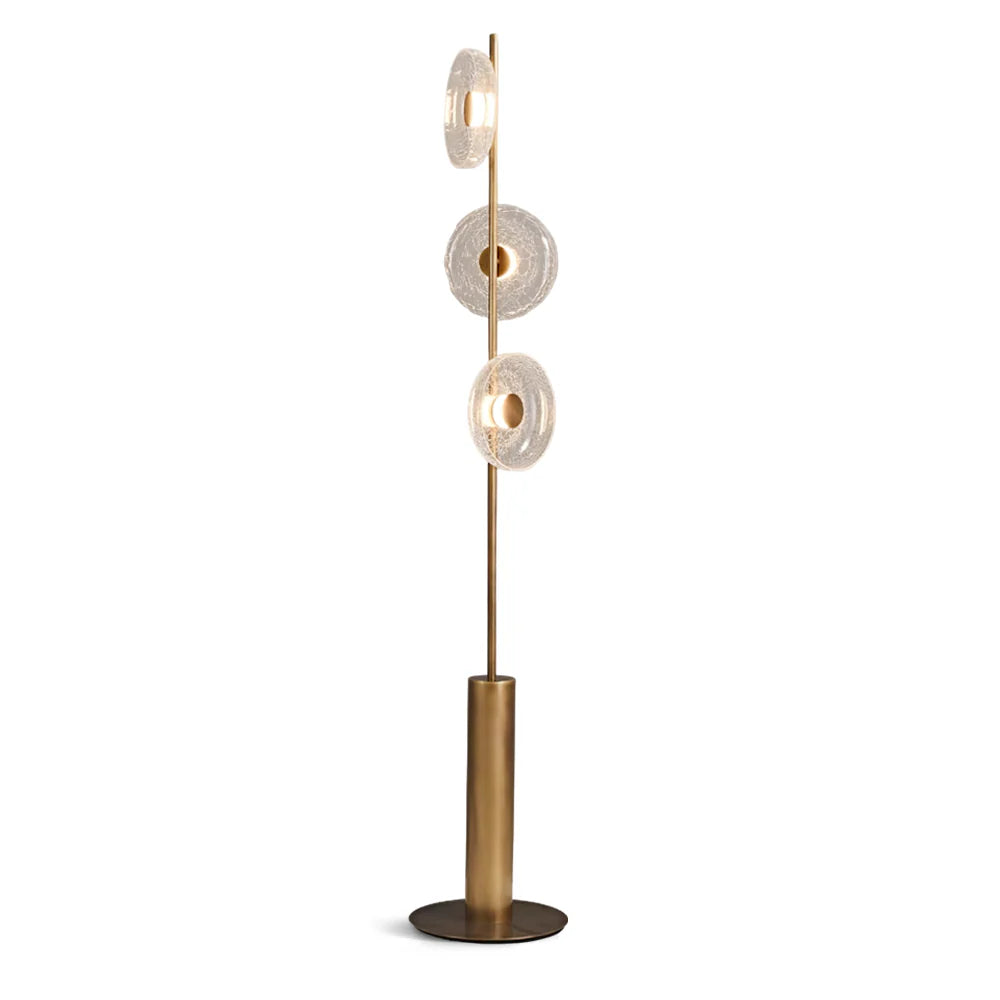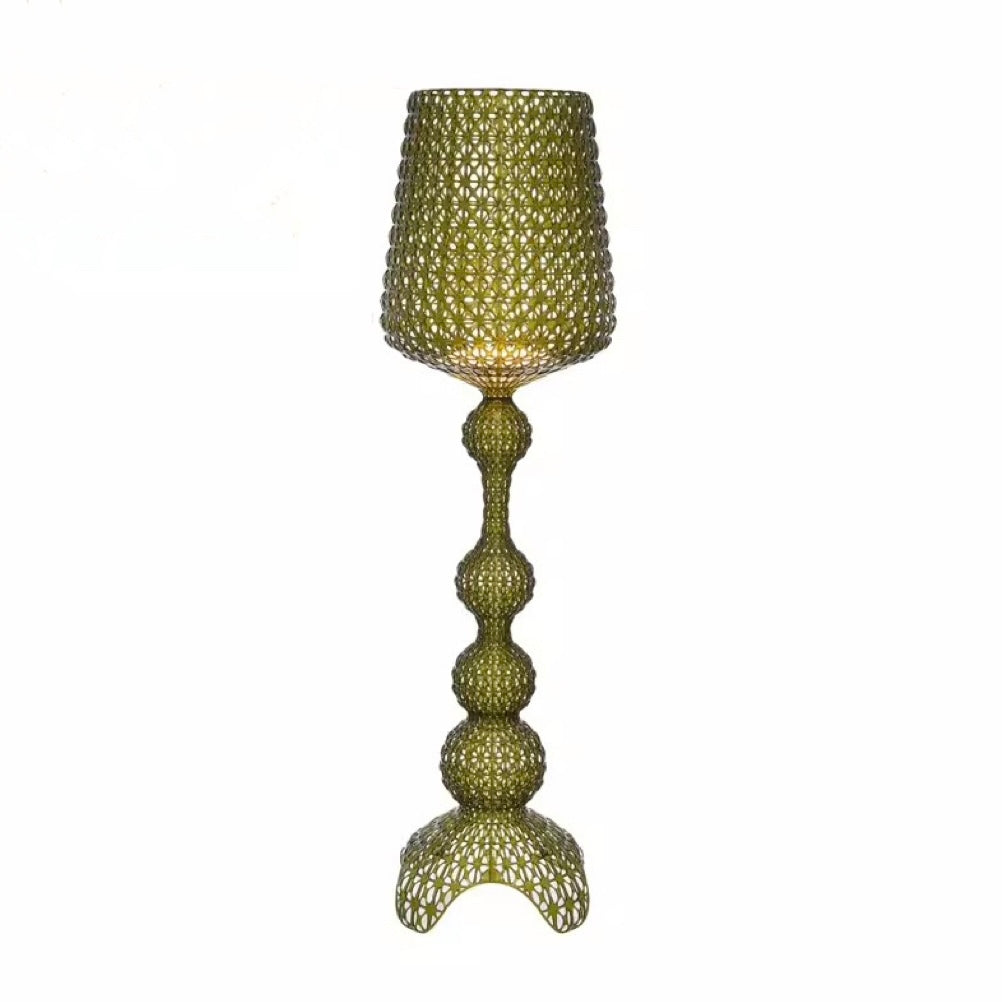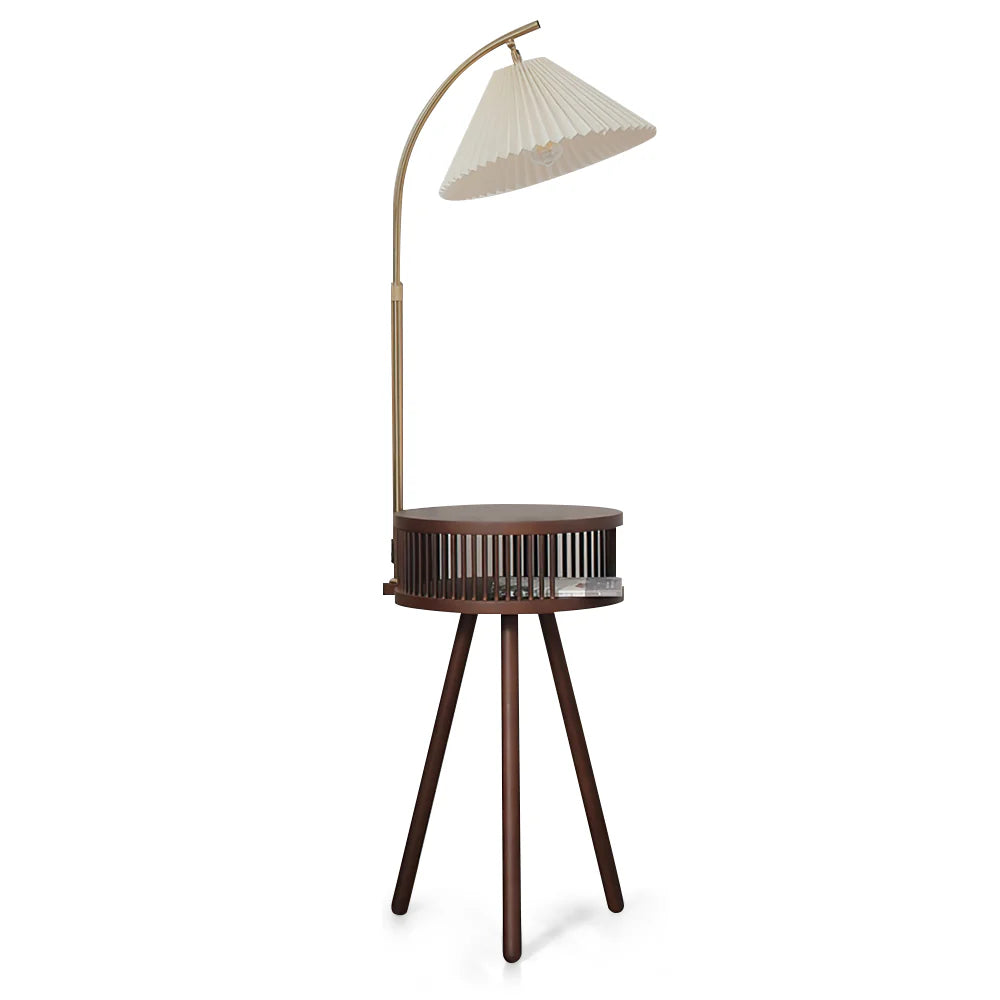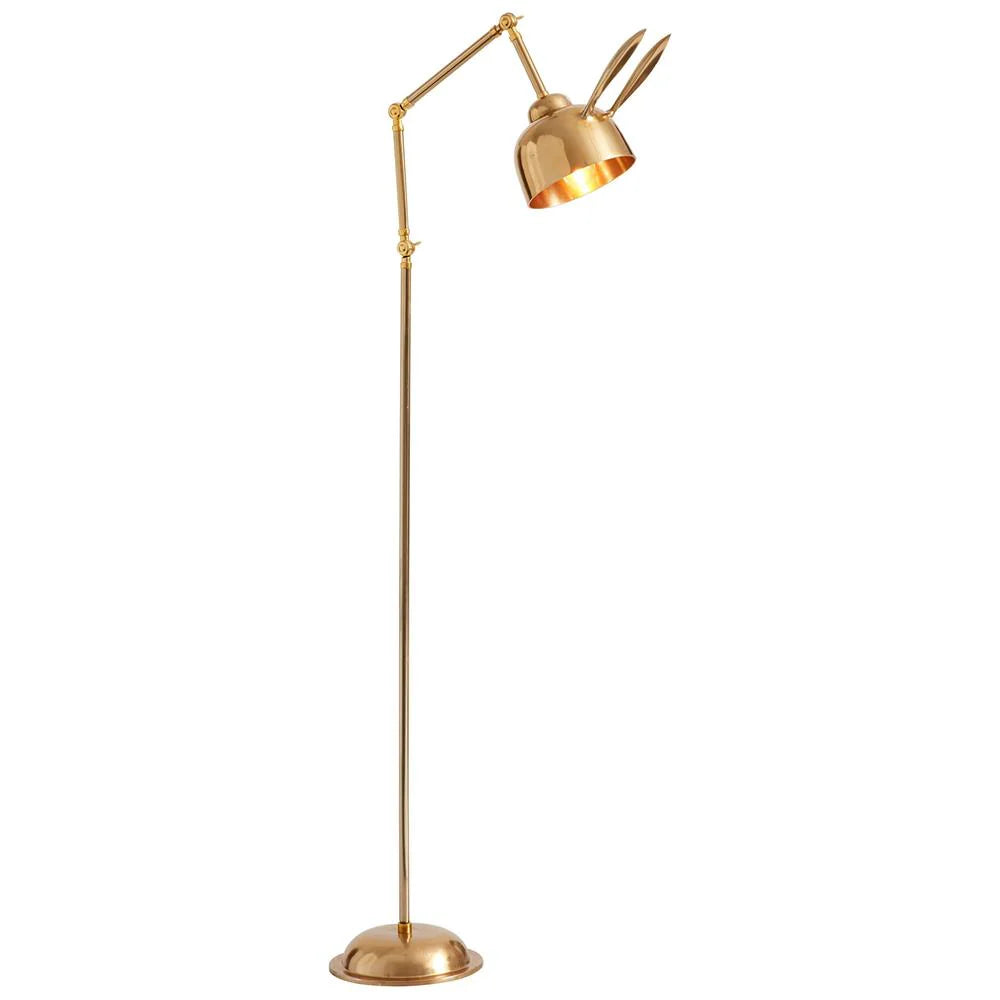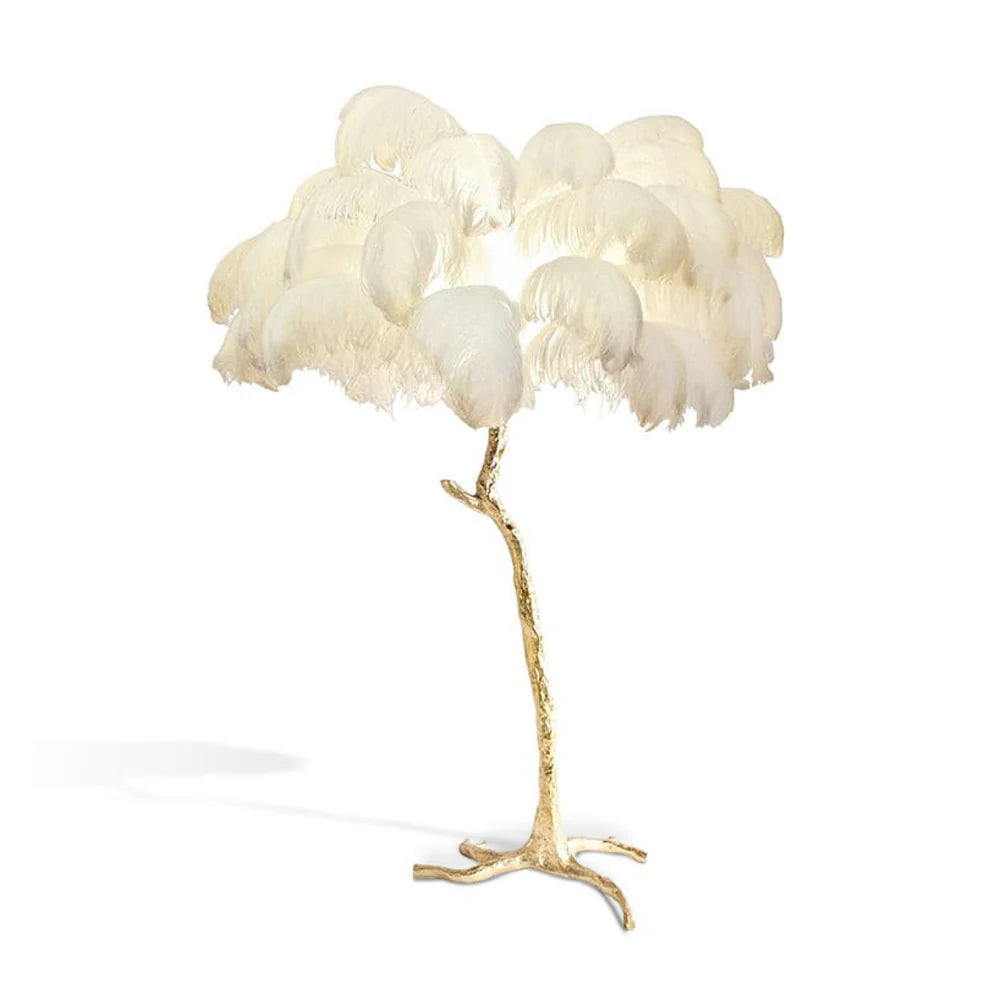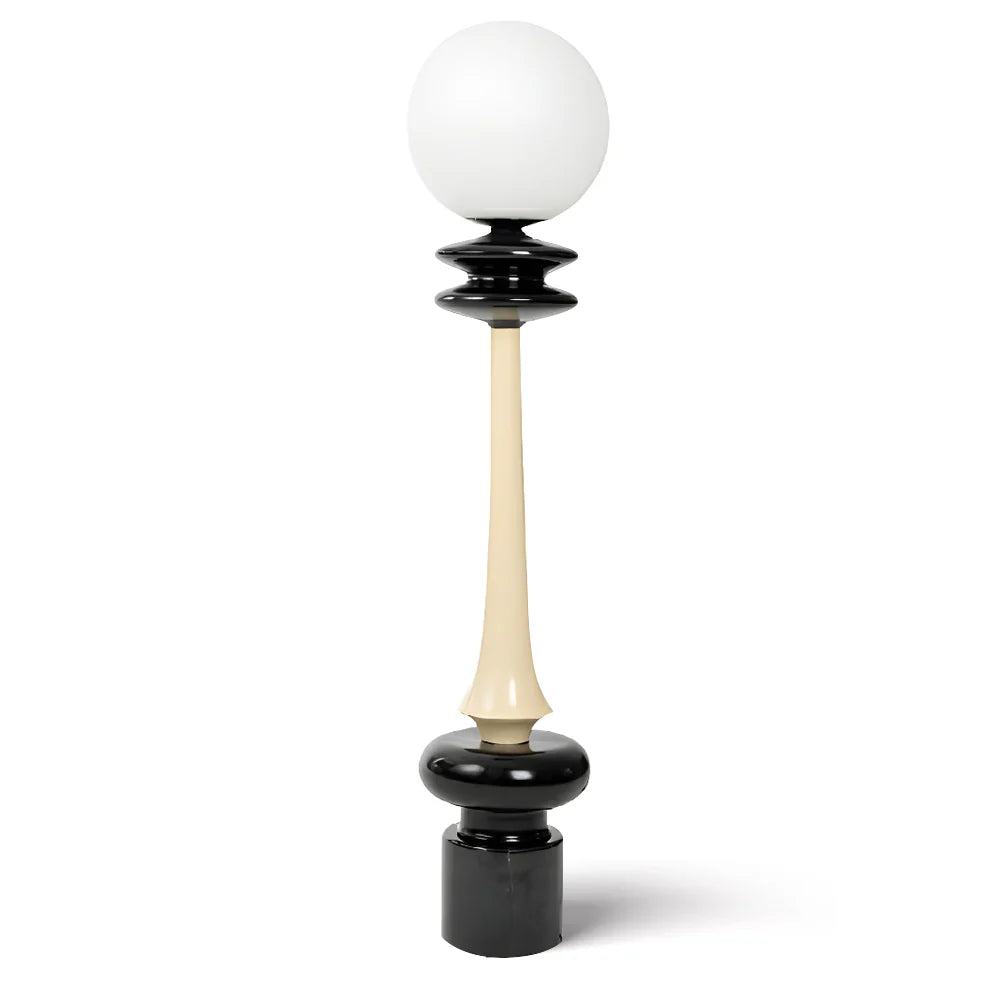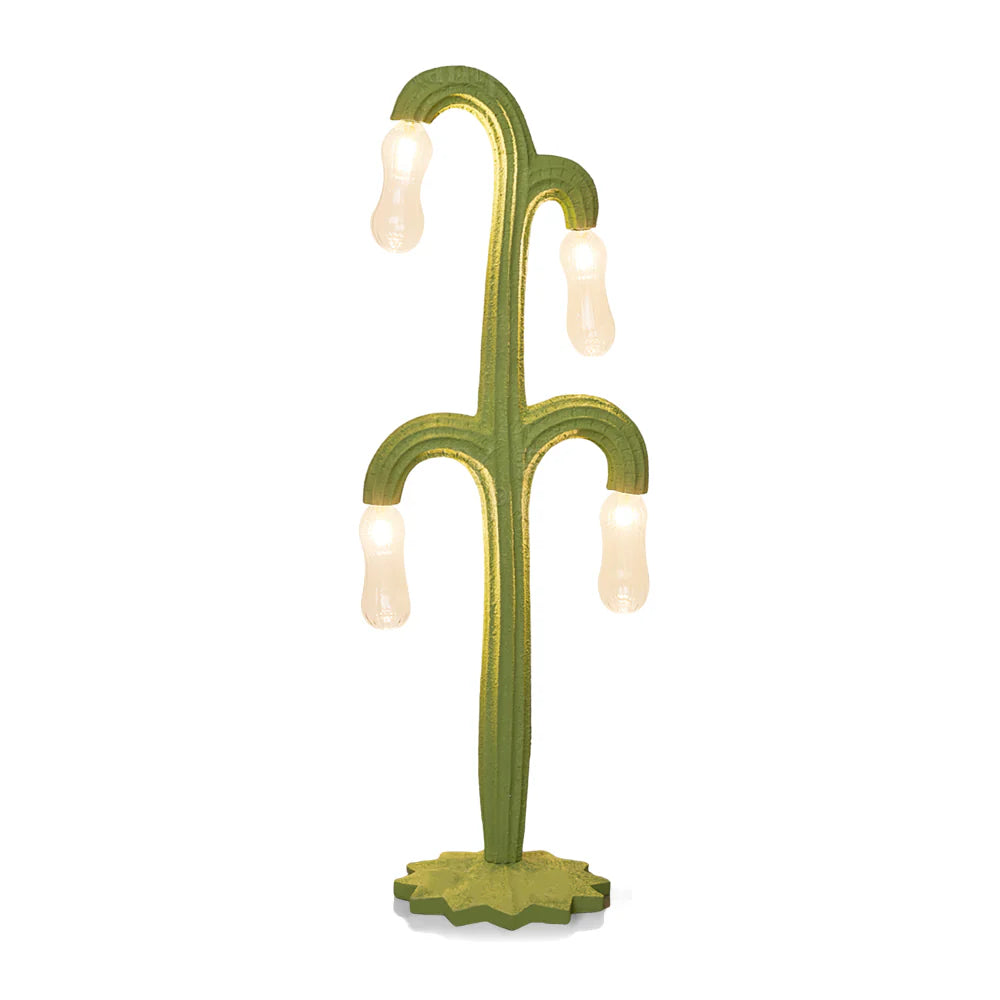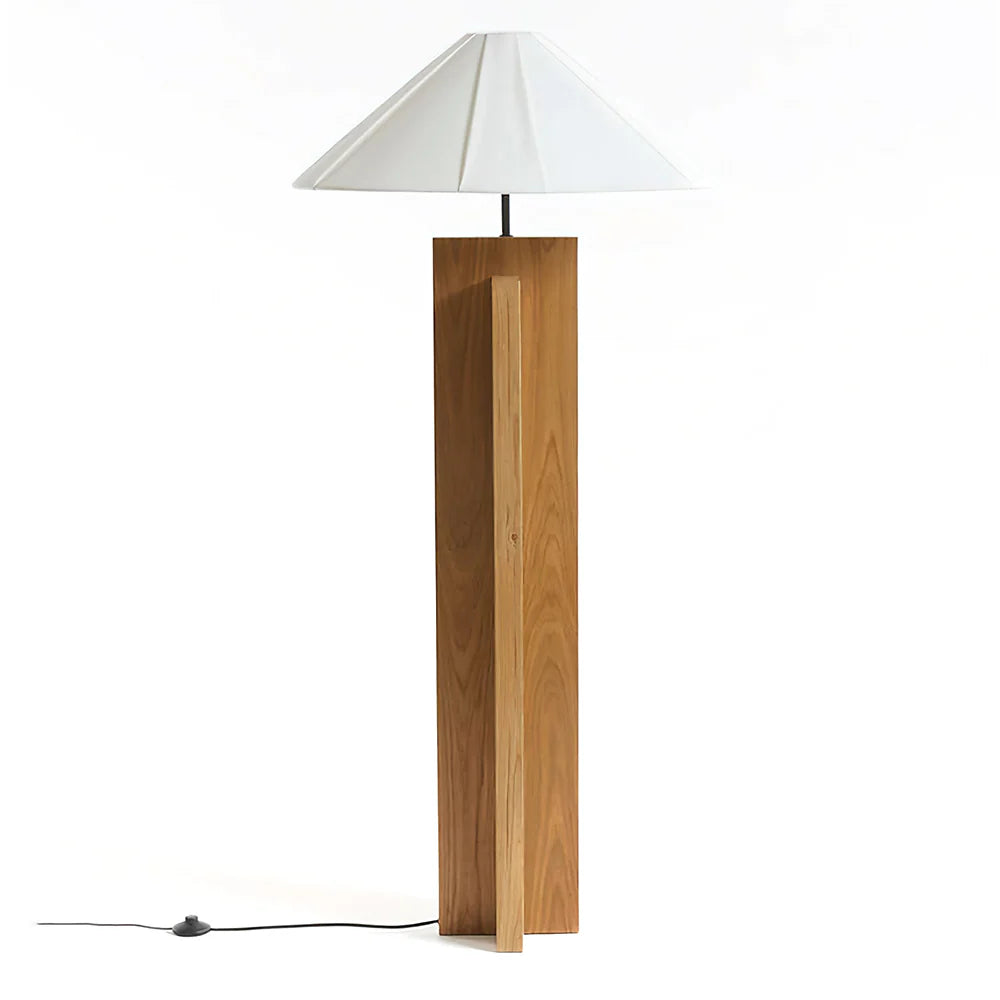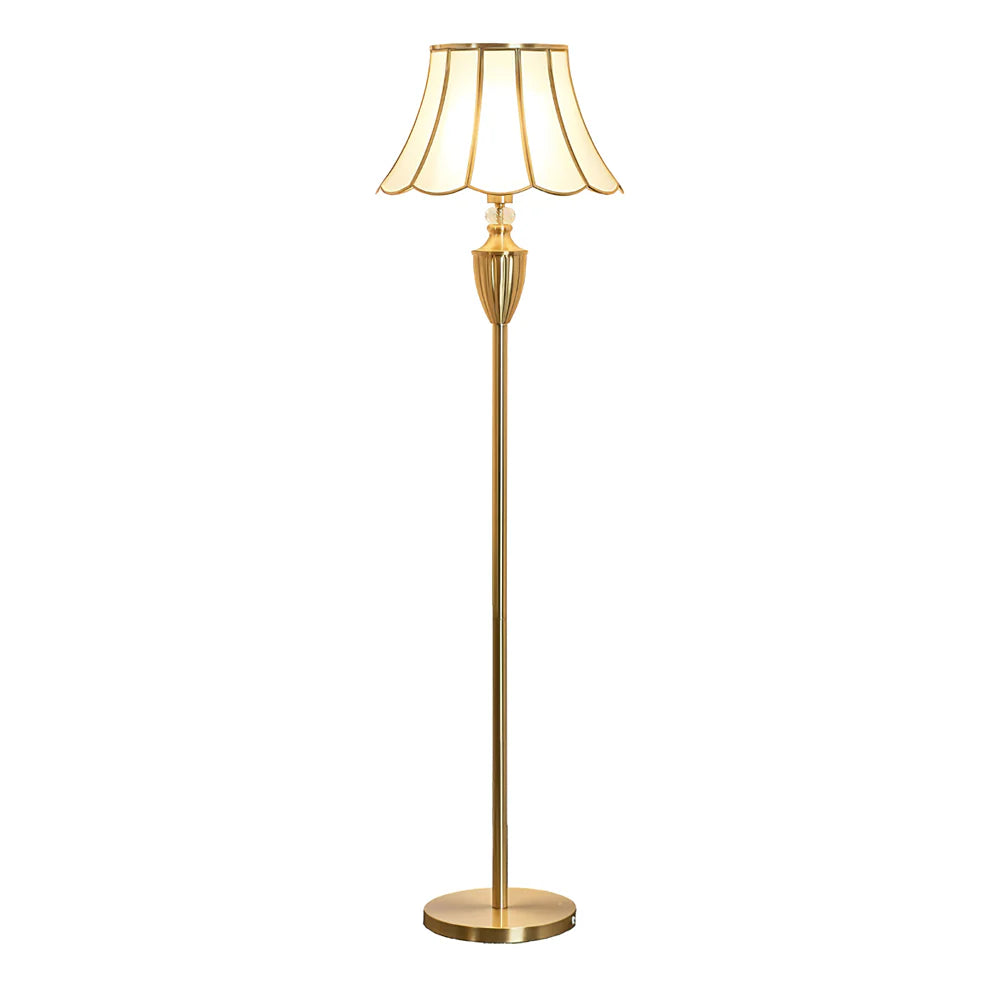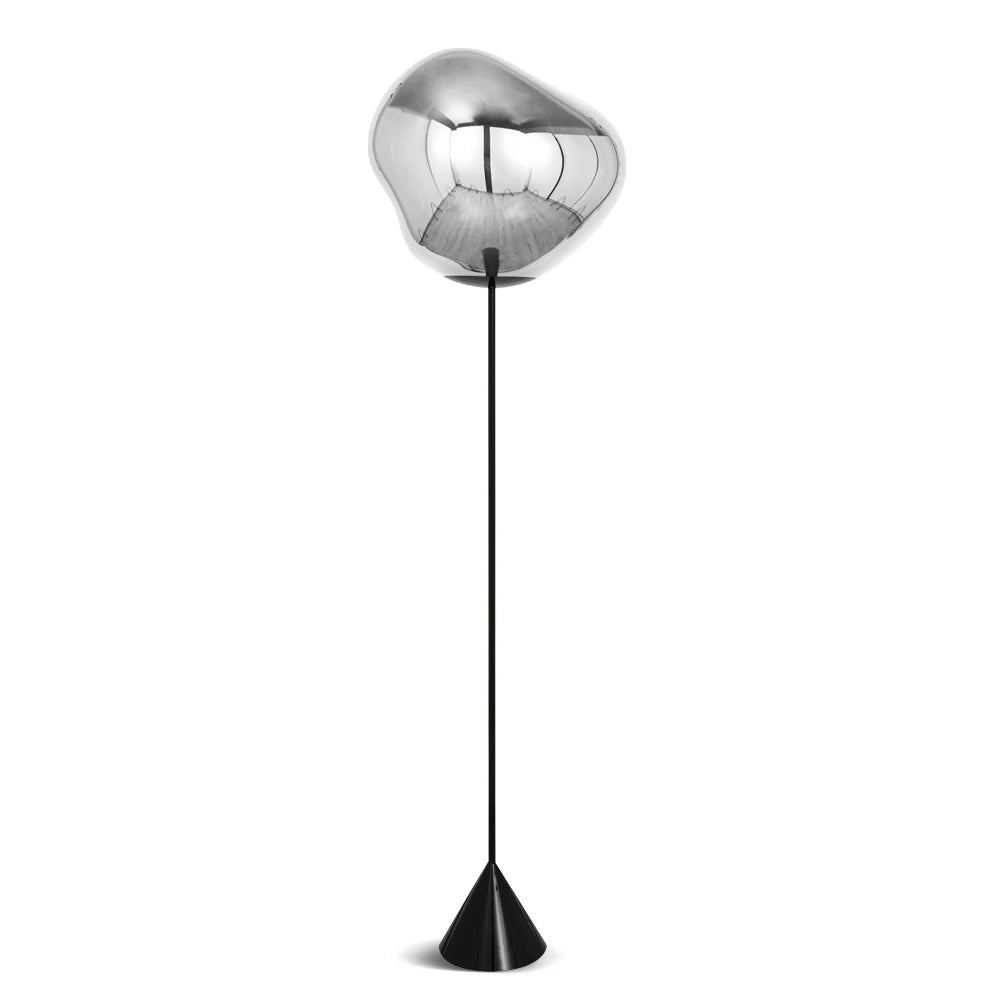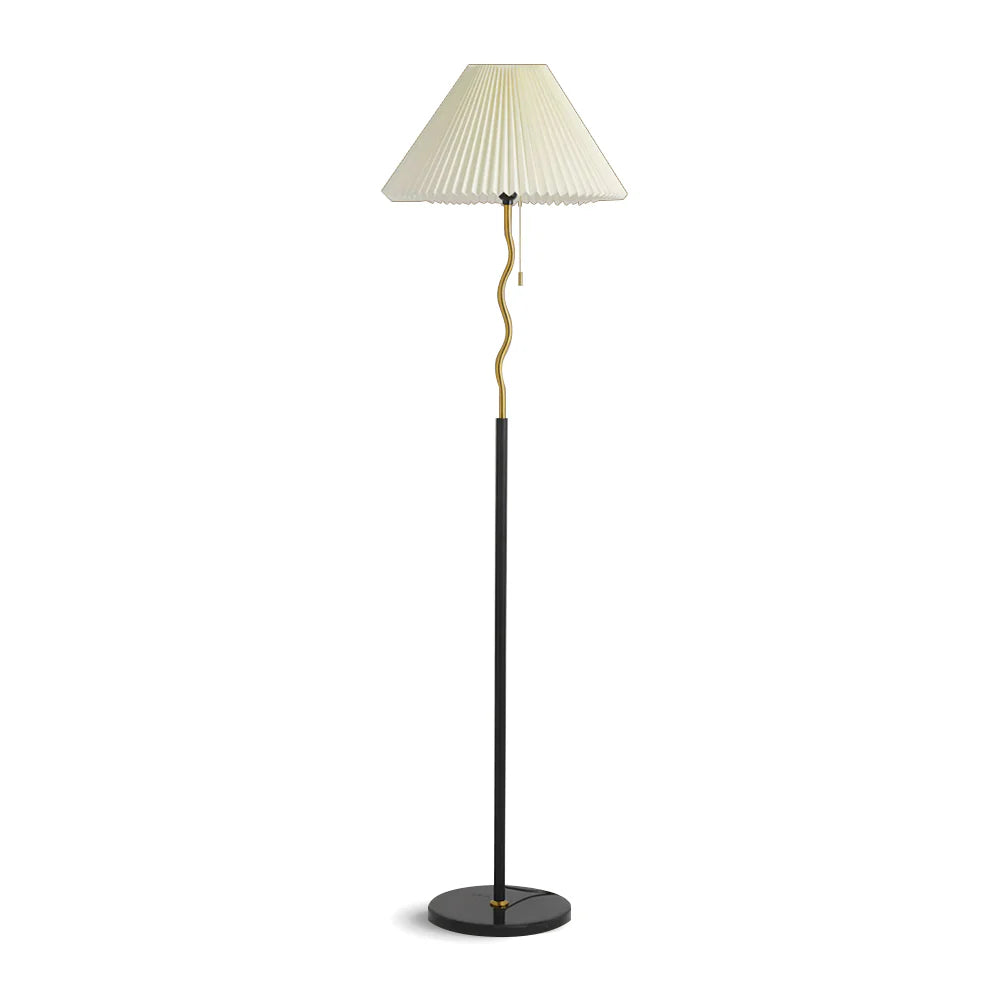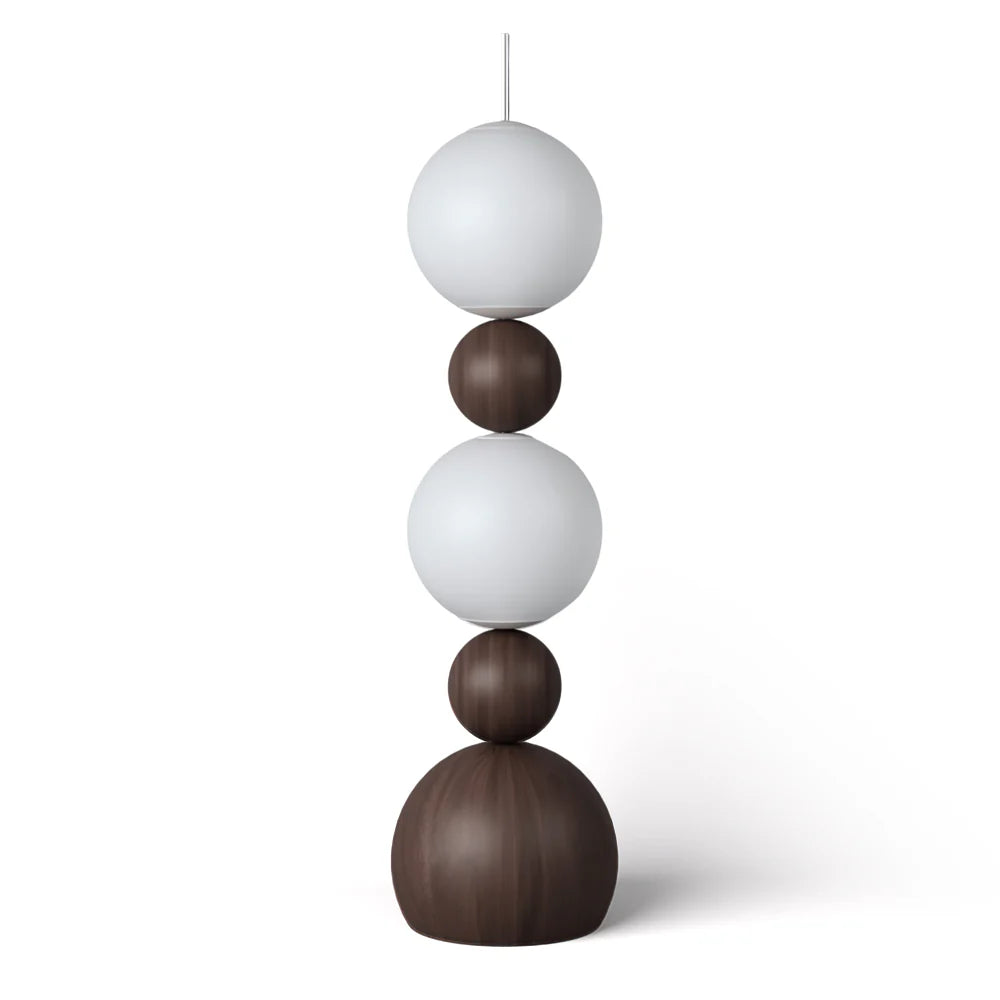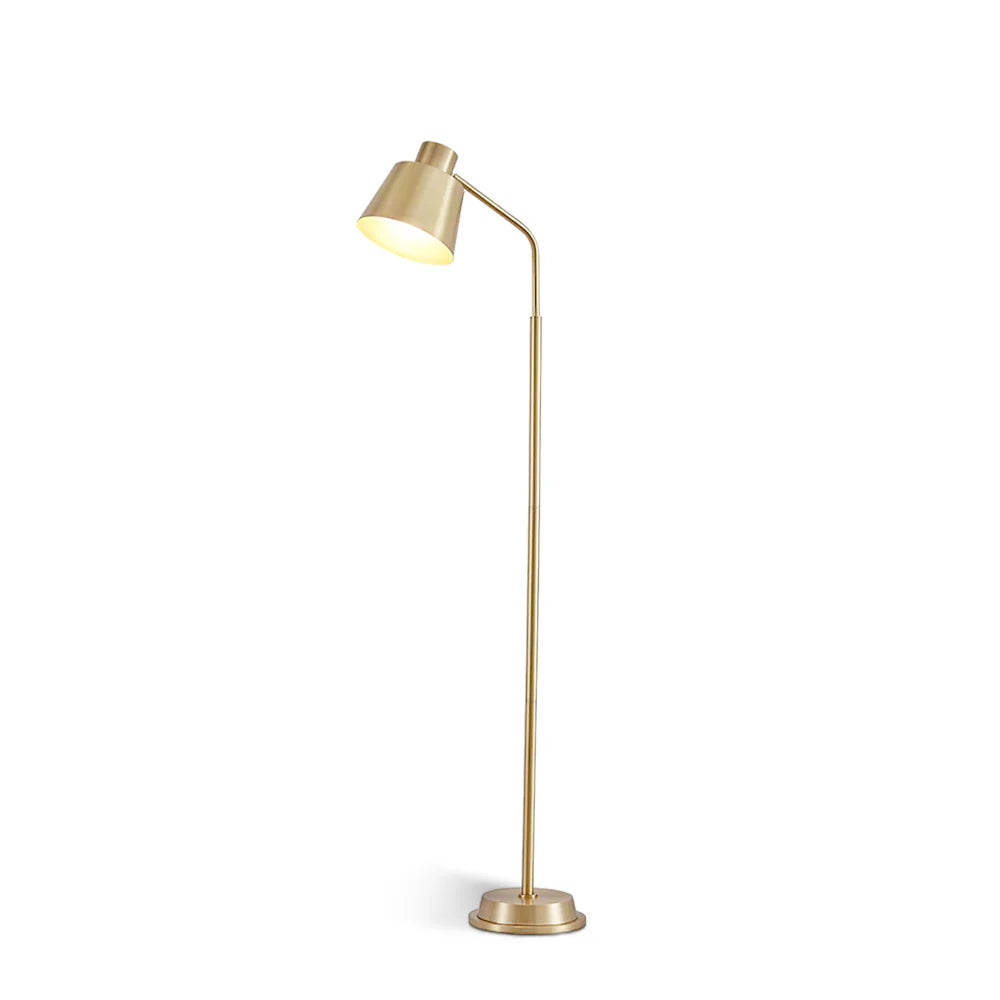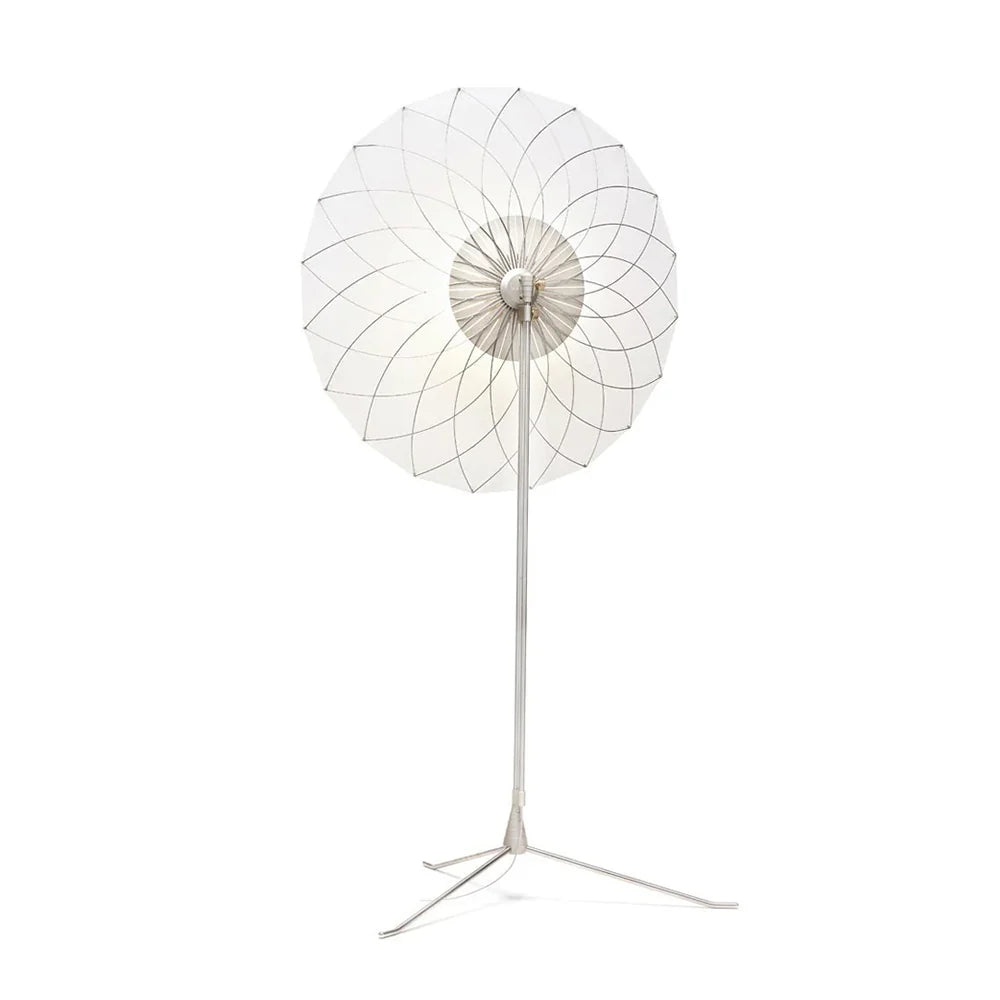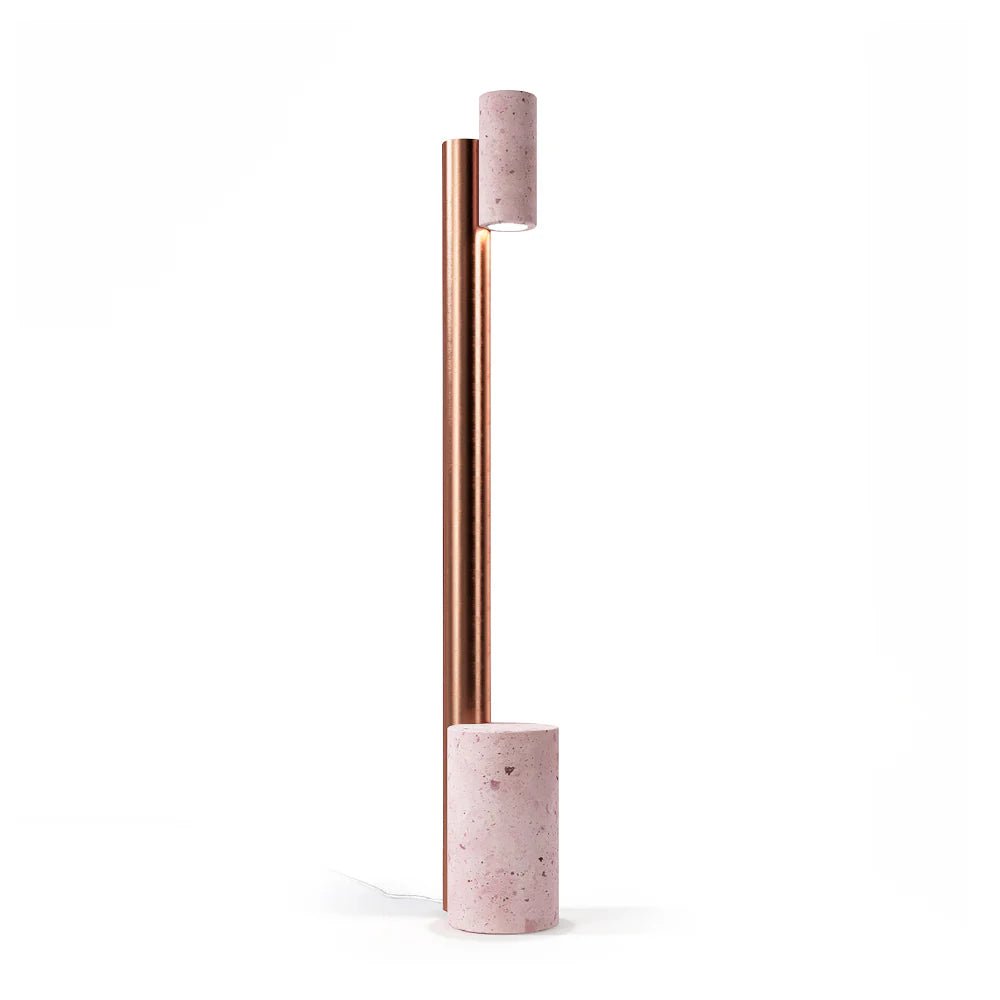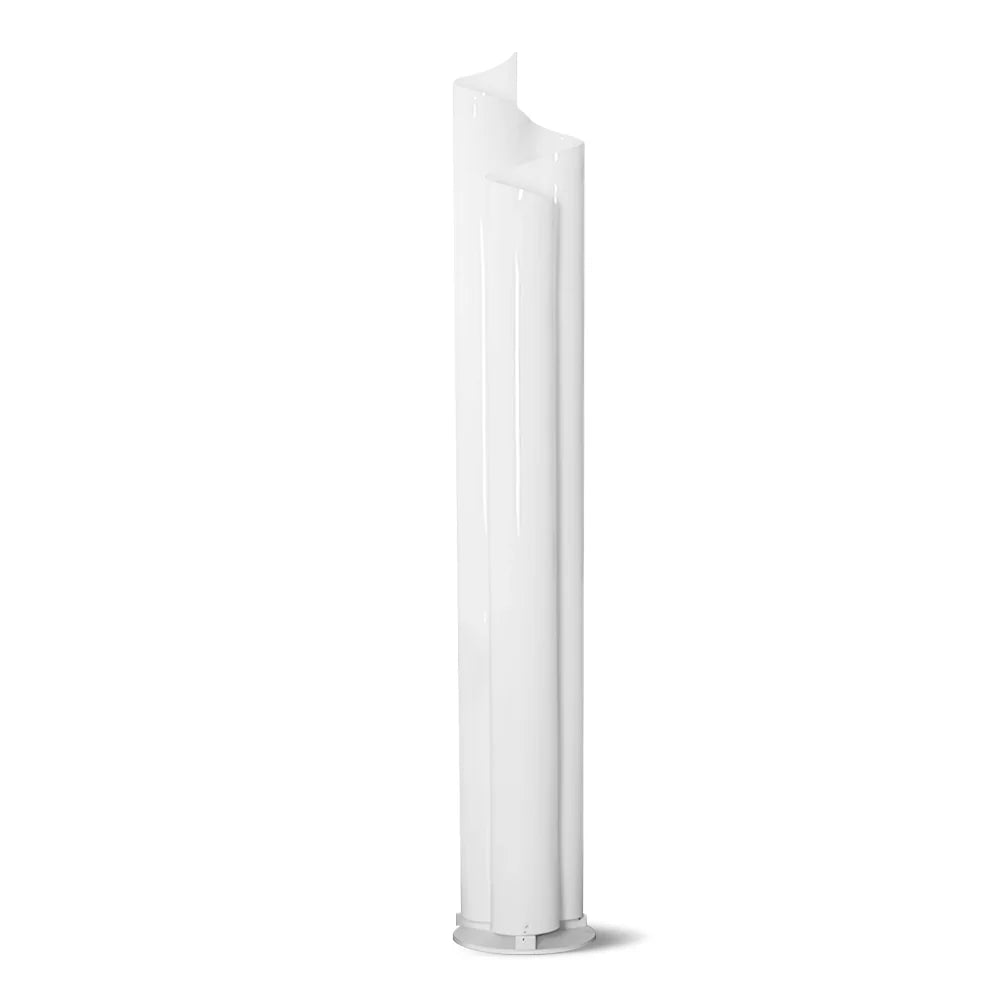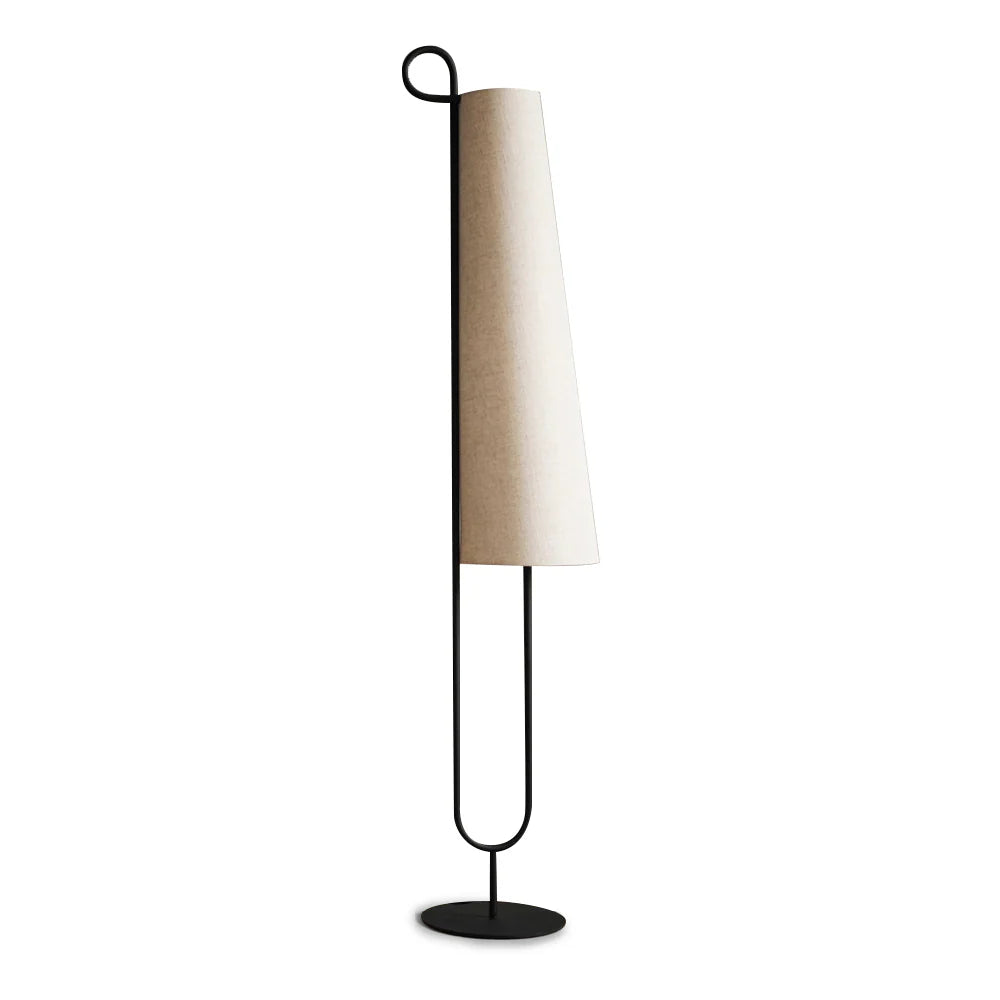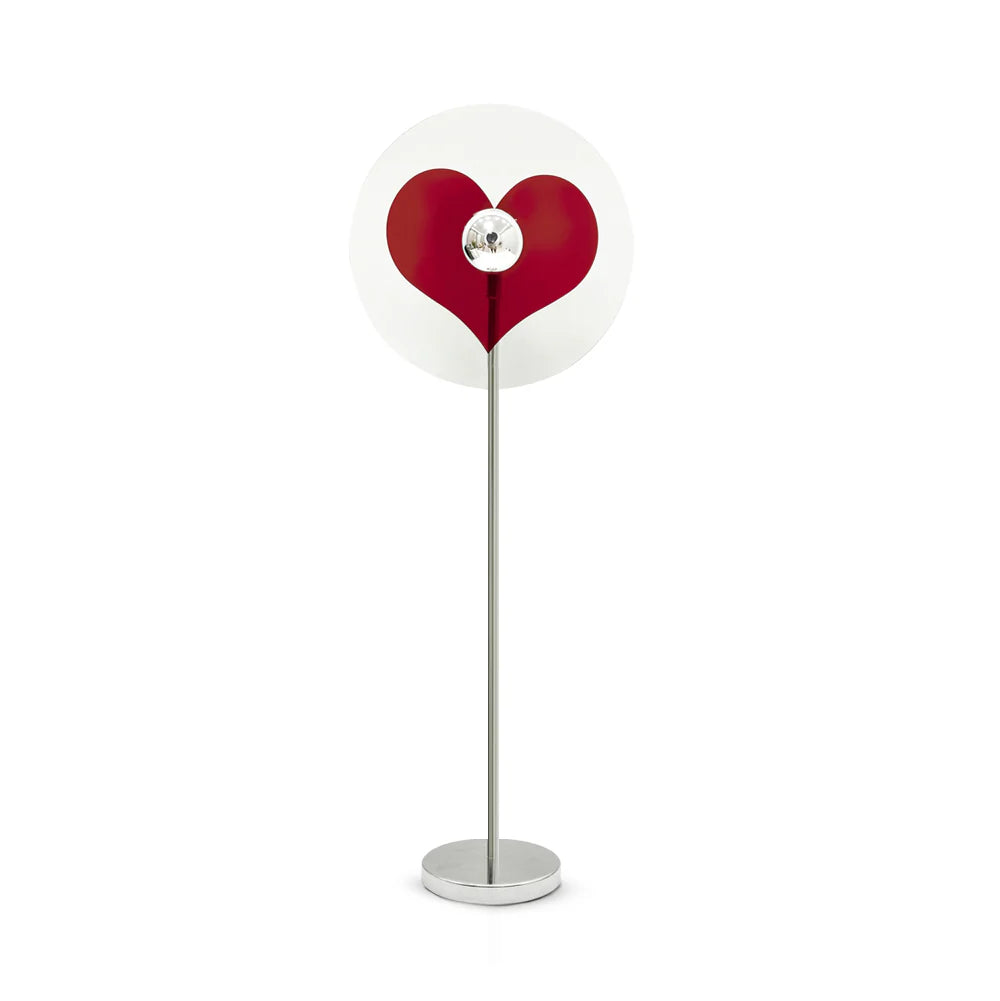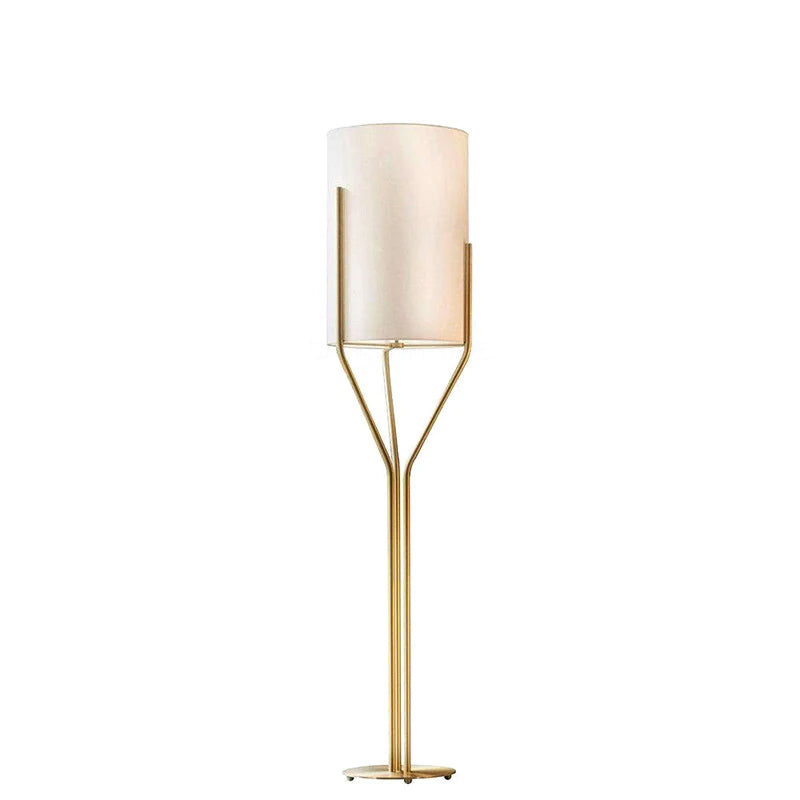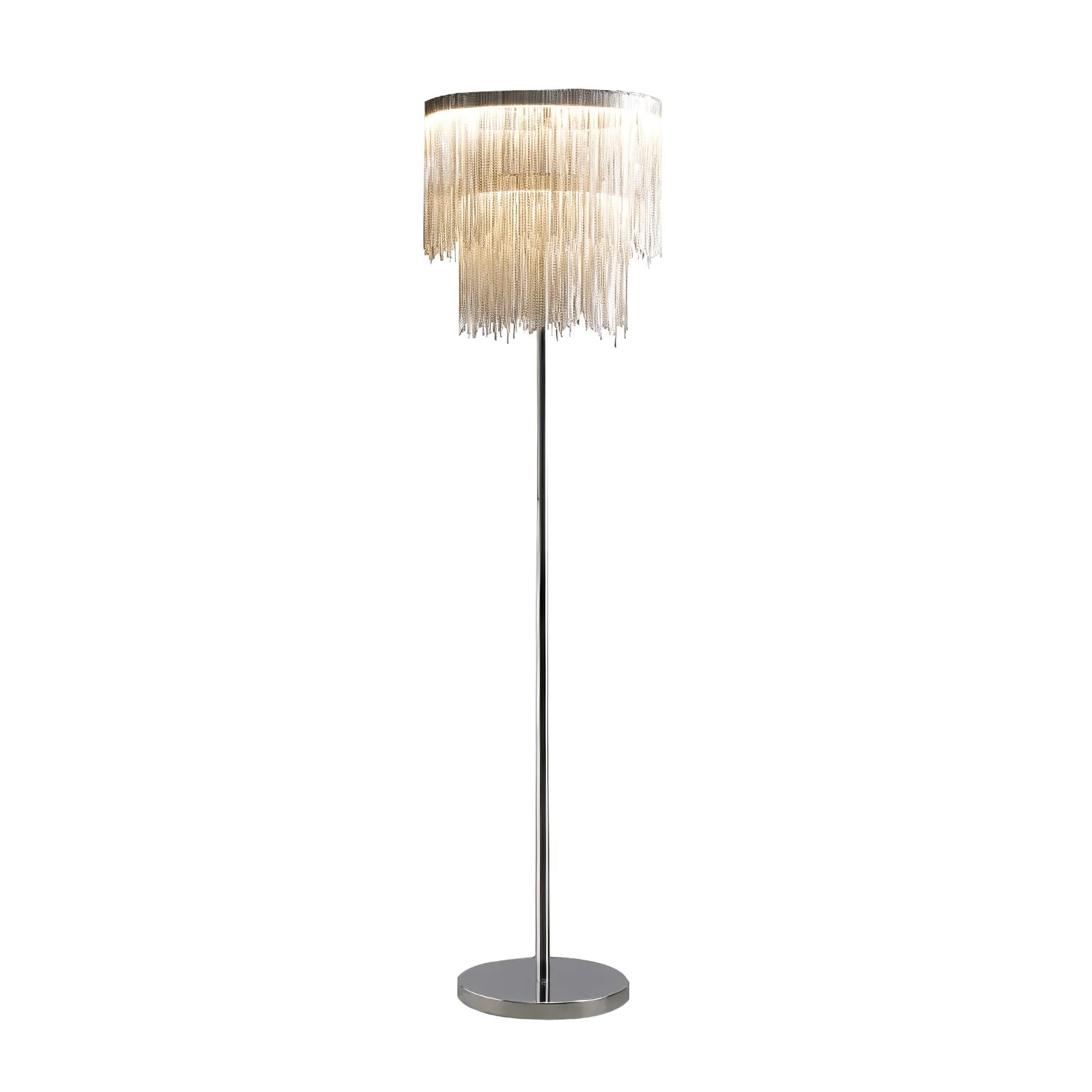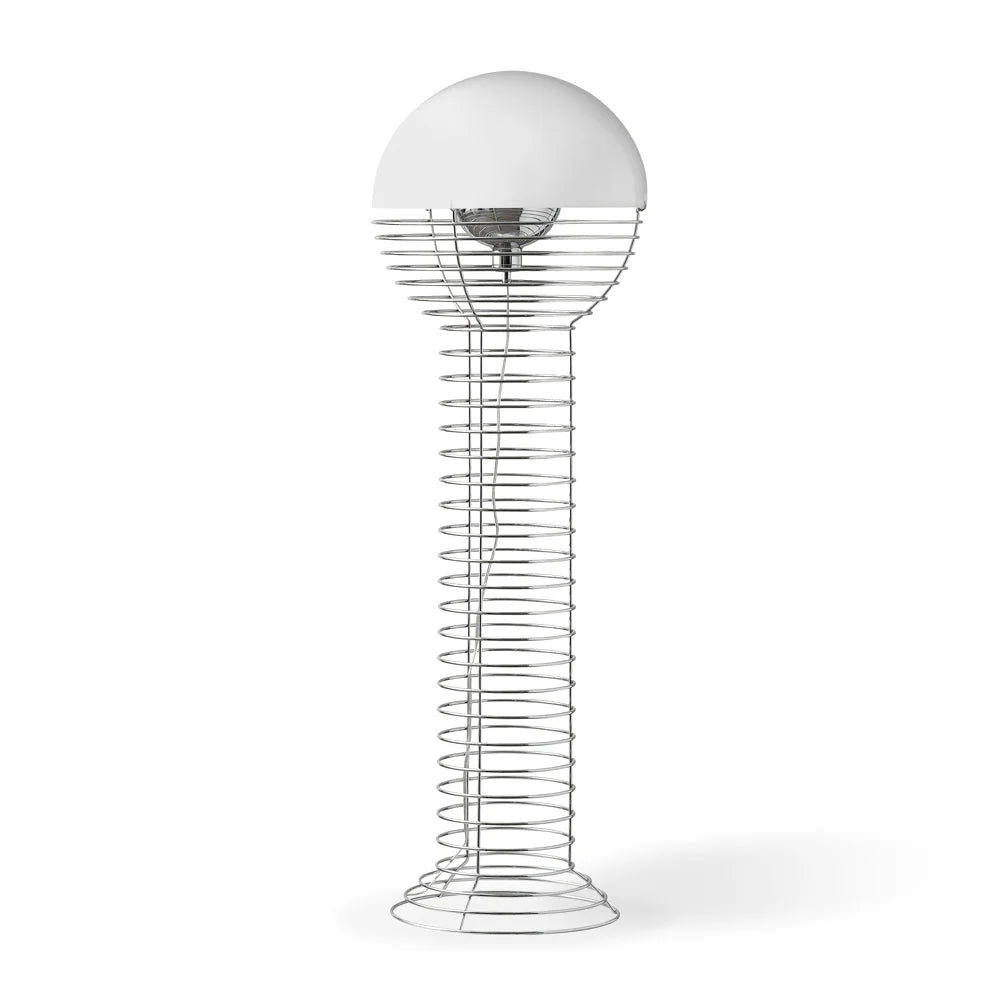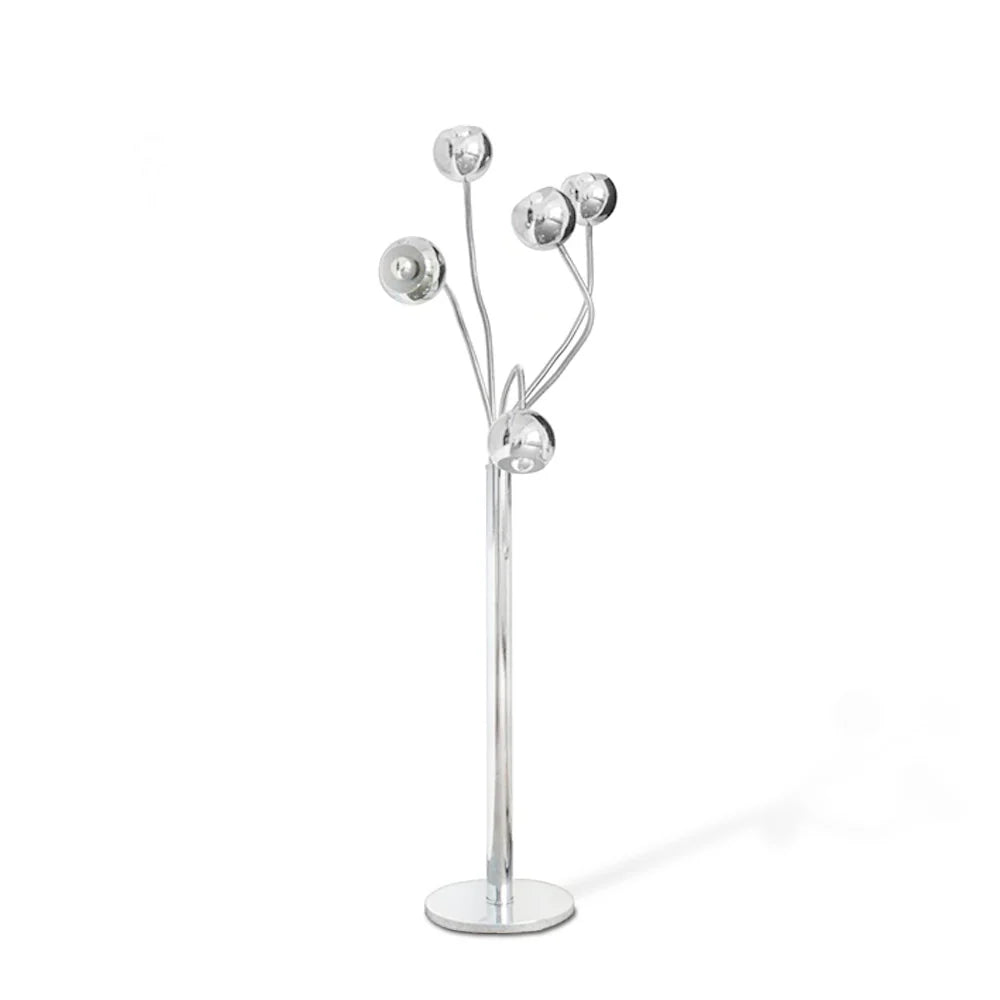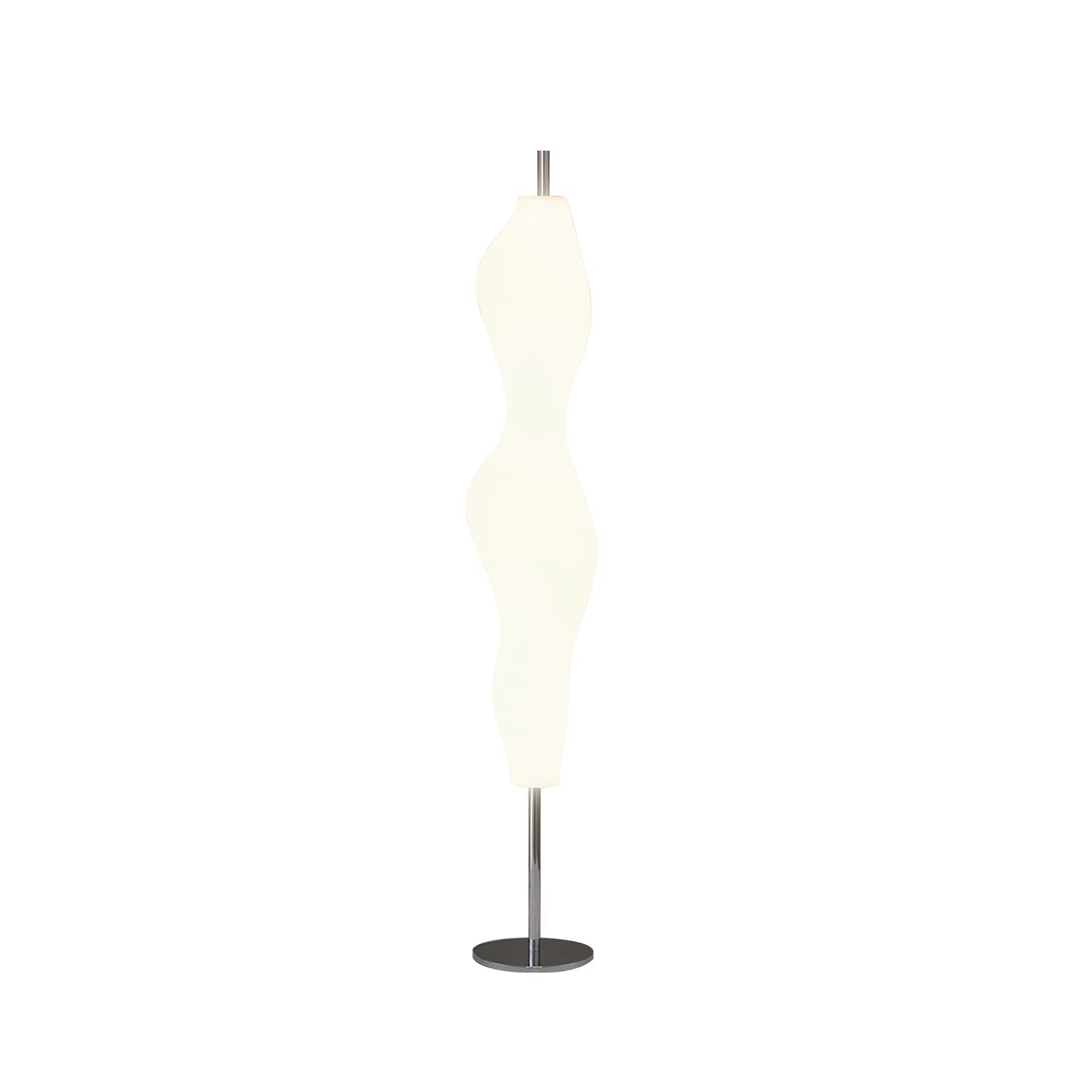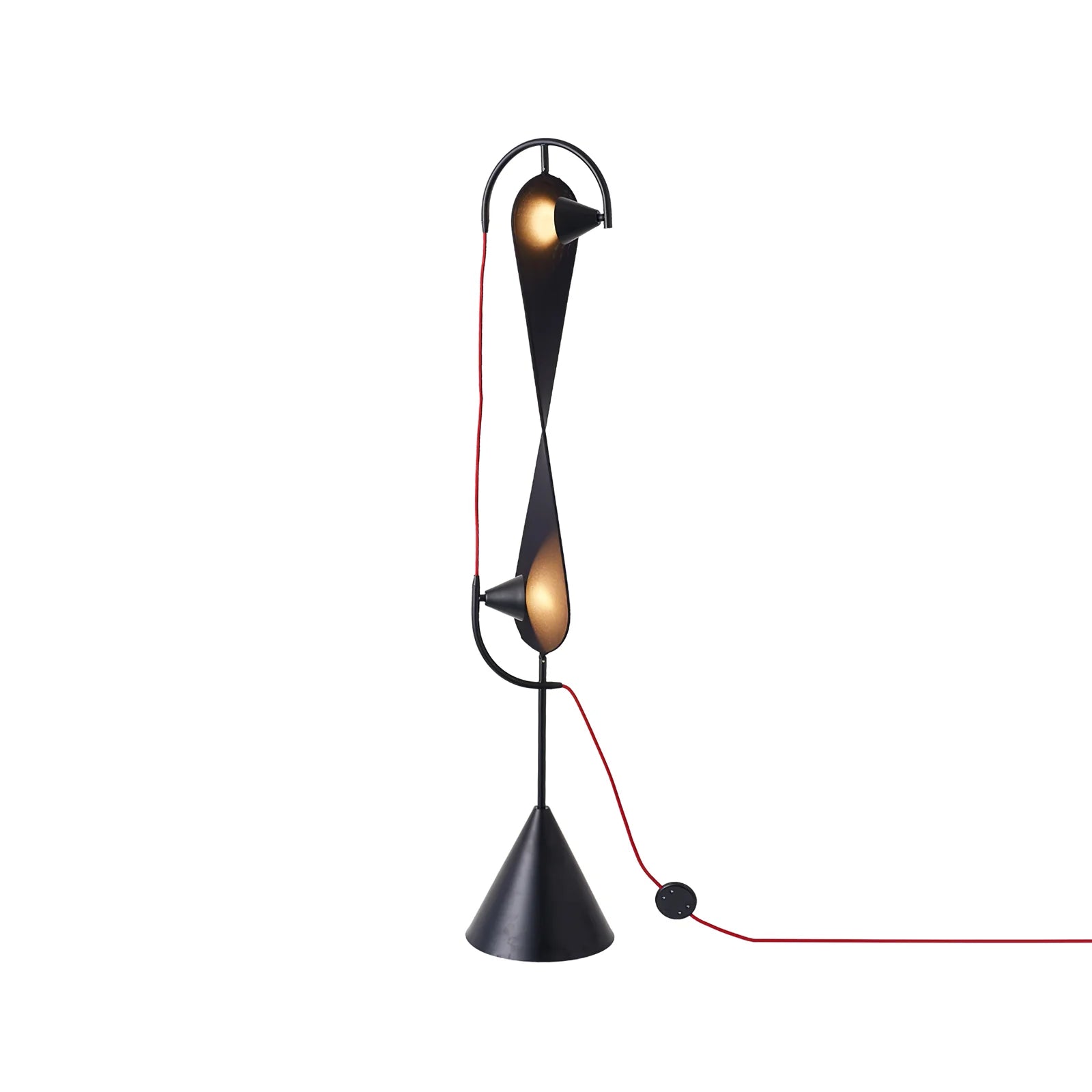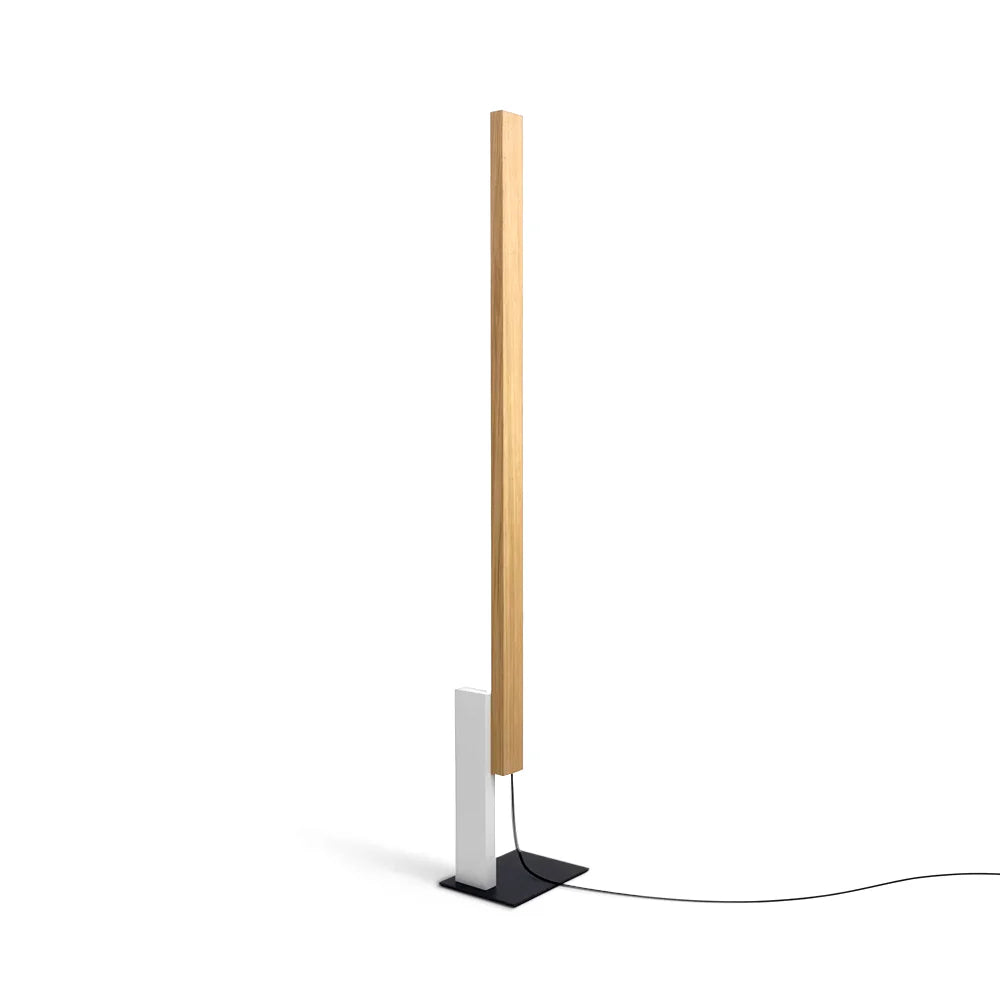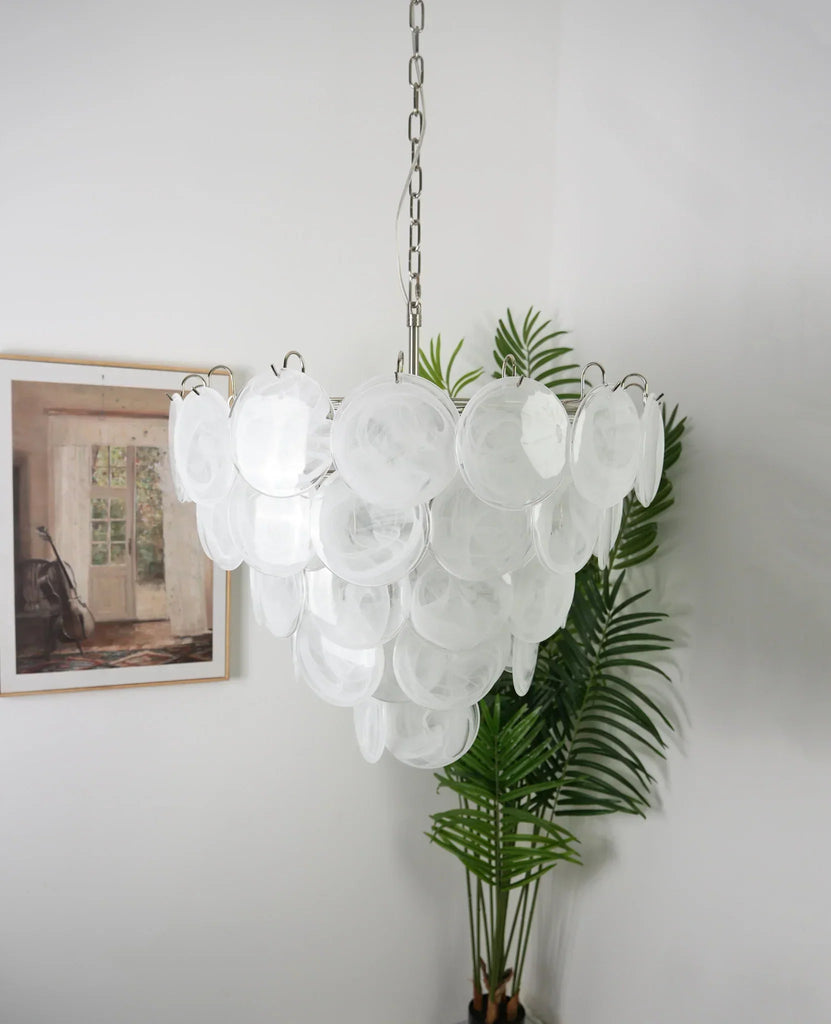
What Is Ambient Lighting? The Essential Guide for a Beautiful, Comfortable Home

When you walk into a room that feels warm, inviting, and perfectly lit, you’re experiencing the magic of ambient lighting. But what is ambient lighting, and why is it so important in home design? In this guide, we’ll explain everything you need to know about ambient lighting, how it differs from other types of lighting, and how you can use it to transform your space.
What Is Ambient Lighting?
Ambient lighting—also called general lighting—is the foundational layer of light in any room. Its purpose is to provide comfortable, even illumination so you can move around safely and enjoy your space at any time of day. Unlike task lighting, which focuses on specific areas, or accent lighting, which highlights features, ambient lighting fills the entire room with a soft, balanced glow.
In short: Ambient lighting creates the overall mood and visibility in your home, making it feel welcoming and functional.
Why Is Ambient Lighting Important?
Ambient lighting is essential because it:
• Sets the mood and atmosphere for your space
• Reduces eye strain and creates a sense of comfort
• Makes rooms feel larger, warmer, and more inviting
• Provides a safe and practical level of brightness for everyday activities
Without proper ambient lighting, your home can feel dark, cramped, or unwelcoming.
Types of Ambient Lighting Fixtures
There are many ways to add ambient lighting to your home. Here are some of the most popular options:
• Ceiling Lights: Chandeliers, pendant lights, flush mounts, and semi-flush mounts are classic choices for ambient lighting in living rooms, bedrooms, and dining areas. • Recessed Lighting: Built-in ceiling lights offer a sleek, modern look and evenly distribute light throughout the room. • Wall Sconces: Wall lamps and sconces can fill a space with soft, indirect light and reduce shadows. • Floor and Table Lamps: These lamps can supplement overhead lighting and add a cozy feel to corners or reading nooks. • LED Strip Lights: Dimmable LED strips under cabinets, along baseboards, or behind furniture can create a subtle, modern glow. • Uplighting: Lights that point upward (such as behind plants or furniture) can gently bounce light off the ceiling for a relaxing effect. 
Ambient Lighting vs. Task and Accent Lighting
A well-designed room uses a combination of lighting types:
• Ambient Lighting: Provides overall illumination. • Task Lighting: Focuses light on specific activities, like reading or cooking (e.g., desk lamps, under-cabinet kitchen lights). • Accent Lighting: Highlights features or decor, such as artwork or architectural details (e.g., picture lights, spotlights).
Layering these types of lighting creates depth, interest, and flexibility in your home.
Ambient Lighting vs. Mood Lighting
Ambient lighting is often confused with mood lighting. While both contribute to a room’s atmosphere, there are differences:
• Ambient Lighting: The main light source, usually soft and even, making the room usable and comfortable. • Mood Lighting: Typically dimmer and may use colored bulbs or patterns to set a specific vibe or emotion.
You can use ambient lighting as mood lighting by choosing dimmable fixtures or bulbs with adjustable color temperatures.
How to Create Perfect Ambient Lighting
• Choose Warm Bulbs: Opt for bulbs with a warm color temperature (2700K–3000K) for a cozy, welcoming glow. • Use Dimmers: Install dimmer switches to adjust brightness for different times of day or activities. • Distribute Light Evenly: Place fixtures so that light fills the room, avoiding dark corners or harsh shadows. • Layer Your Lighting: Combine ambient with task and accent lighting for a balanced, flexible design.
Quick Tips for Ambient Lighting
• Use pendant lights or chandeliers as eye-catching focal points. • Add floor lamps to brighten shadowy corners. • Try LED strips for subtle, modern illumination. • In bedrooms and living rooms, use multiple light sources for a soft, layered effect.
FAQs About Ambient Lighting
What is the main purpose of ambient lighting?
To provide overall illumination that makes a room comfortable and functional.
Can I use only ambient lighting in a room?
Ambient lighting is a great base, but combining it with task and accent lighting gives you the best results.
What color temperature is best for ambient lighting?
Warm white (2700K–3000K) is usually best for living spaces, creating a relaxing and inviting feel.
Which rooms need ambient lighting?
Every room benefits from ambient lighting, including living rooms, bedrooms, kitchens, hallways, and bathrooms.
Conclusion
Ambient lighting is the key to creating a beautiful, comfortable home. By understanding what ambient lighting is and how to use it, you can design spaces that are both stylish and practical. Whether you choose a stunning chandelier, sleek recessed lights, or cozy lamps, the right ambient lighting will transform your home’s atmosphere and make every room shine.



